Russian troops kill two Donetsk region residents yesterday



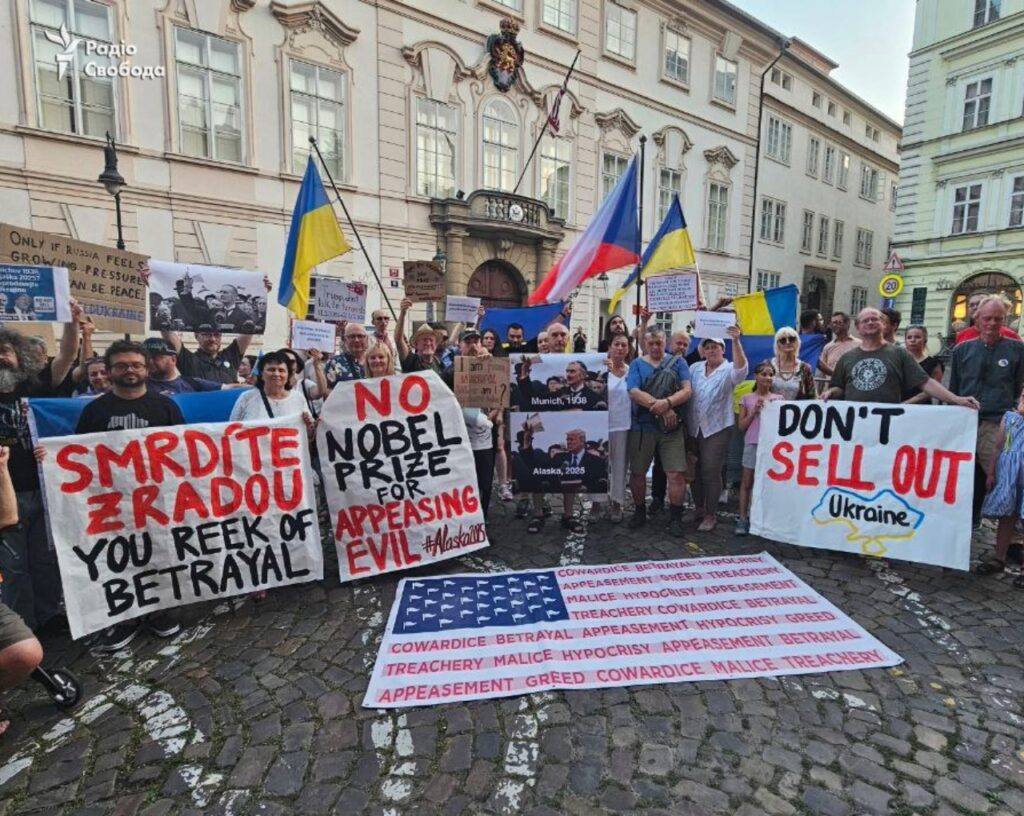

For more than eleven years, Ukraine has stood at the front line of a war that the free world tried to wish away. In 2014, Russia crept into Ukraine under the cover of “little green men,” pretending not to be at war. Europe was “concerned”; America and Canada condemned with strong words. And Ukraine went to war.
A decade later, there is no pretense. Russia is openly waging the largest European invasion since World War II—this time joined by a pack of fellow tyrannies: Iranian drones striking Ukrainian cities and civilians, North Korean troops in the European theatre, Chinese weapons and cash keeping the Kremlin’s war machine alive.
As Hanna Hopko, chair of the National Interests Advocacy Network ANTS and co-founder of the International Center for Ukrainian Victory (ICUV), tells Euromaidan Press:
“If the West is unable to counter this growing threat, it will forfeit its position at the heart of the international security architecture and be replaced by the rising authoritarian powers.”
This war and the Alaska summit are no longer just about Ukraine, she says. They are a coordinated assault on the rules-based international order itself. Once again, if the West fails to act now, it will forfeit its position as the heart of global security—and the vacuum will be filled by the rising powers of authoritarianism.
The West has been here before—and failed. In 2014, Western leaders clung to the illusion of a diplomatic solution. Between then and 2022, Ukraine endured over 200 rounds of fruitless talks with Moscow. The reward for Ukraine’s patience? A full-scale invasion.
When Russian tanks rolled toward Kyiv, the world braced for Ukraine’s collapse. Some leaders advised Ukraine’s government to flee. Others suggested that Ukraine surrender. “But instead of collapsing, Ukraine stunned the world by standing and fighting back,” Hanna Hopko reminds. The myth of Russian invincibility was shattered.
“The world needs to understand something essential – Ukrainians never surrender. Not when our homes are destroyed, not when our people are taken. That’s why we need our partners to stand with us now — to help us finish this fight and finally end,” says Hopko emphatically.
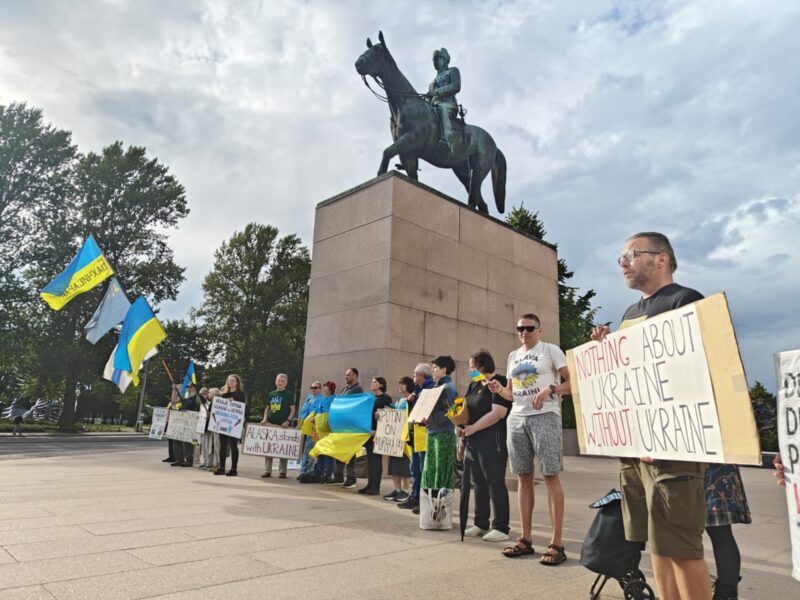
A journalist who once asked Trump, “Can you convince Putin to stop bombing?” Trump glanced at him and replied, “Probably not.”
Hopko strongly disagrees with Trump’s reply:
“The right answer should be clear – with America providing weapons, Europe holding the $190 billion in frozen Russian sovereign assets, and Ukraine’s Operation “Spider Web” – we already have the tools to defeat Russia and end this war. What’s needed now is the courage to use them.”
And yet, instead of acting decisively to end Russian imperialism, the West risks walking into the same trap again—this time in Alaska.
The upcoming Trump–Putin summit in Anchorage, Alaska, is not a diplomatic breakthrough. It is a Kremlin-designed ambush. Behind closed doors, Putin will push for “peace” on his terms—territorial concessions for a pause in bombing—while Russia keeps striking Ukrainian cities and continuing its “ballistic terror”, avoids isolation, and prepares for its next offensive. A handshake in Alaska could mean a knife in the back for Ukraine, and for the international order that keeps smaller nations safe from predators.
If this meeting happens without a clear demand for Russia’s withdrawal, justice for war crimes, and full respect for international law, it will be nothing less than the normalization of conquest. It will tell the world’s dictators: invade, kill, deport, destroy—and you will still be rewarded with deals at the table. From the South China Sea to the Middle East, others will take note.
For Ukraine, any retreat from Donetsk or Luhansk is not “compromise”—it is a strategic disaster. It would give Russia a permanent launching pad for future attacks, just as the 1938 Munich Agreement gave Hitler the green light to devour Europe. History has already told the world where appeasement leads. The US, Europe, and the free world have no excuse to repeat it.
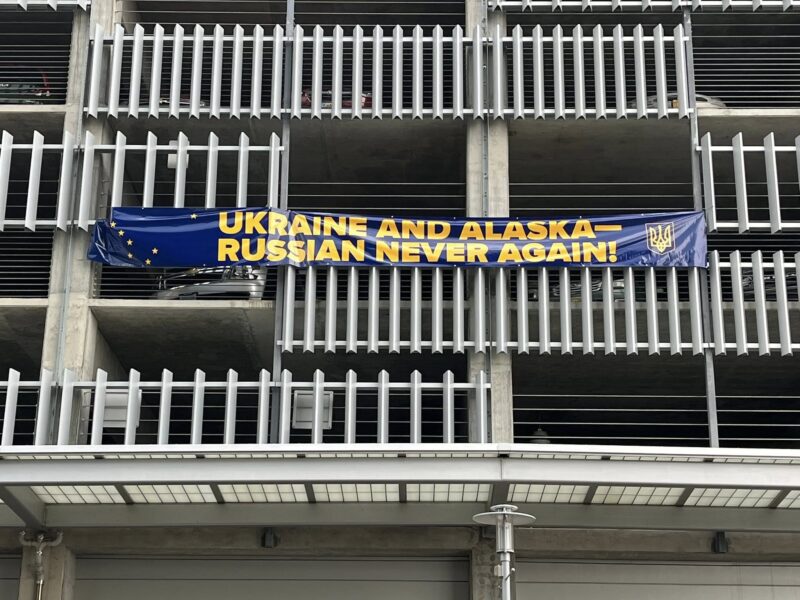
Hopko drives the message home:
“It would be nothing less than capitulation, giving Russia the freedom to strike further into Ukraine whenever it pleases. In essence, it would be a “Munich agreement.”
But there will be no new Munich. Ukraine will not bow to the demands of revived imperialists dreaming of a new division of the world. Any unilateral actions or divisions, especially by major powers, could unravel decades of collective security.”
That is why the message from Ukraine is unshakable: Nothing about Ukraine without Ukraine – underlines Hopko. No secret deals. No concessions carved up in distant rooms by men who will never see Ukraine’s bombed-out schools or mass graves.
And people around the world understand this. From Helsinki to Oslo, from Prague to Warsaw, Munich, Stuttgart, and Sydney, crowds are rallying under one clear banner: DON’T SELL OUT UKRAINE!
Vlada Dumenko of the International Center for Ukrainian Victory (ICUV) tells Euromaidan Press the following:
“Ahead of the US president’s meeting with war criminal Putin, we call for no new “Munichs”! Any future peace agreement must comply with international law, including the principles of independence, sovereignty, territorial integrity, and the prohibition of changing borders by force.”
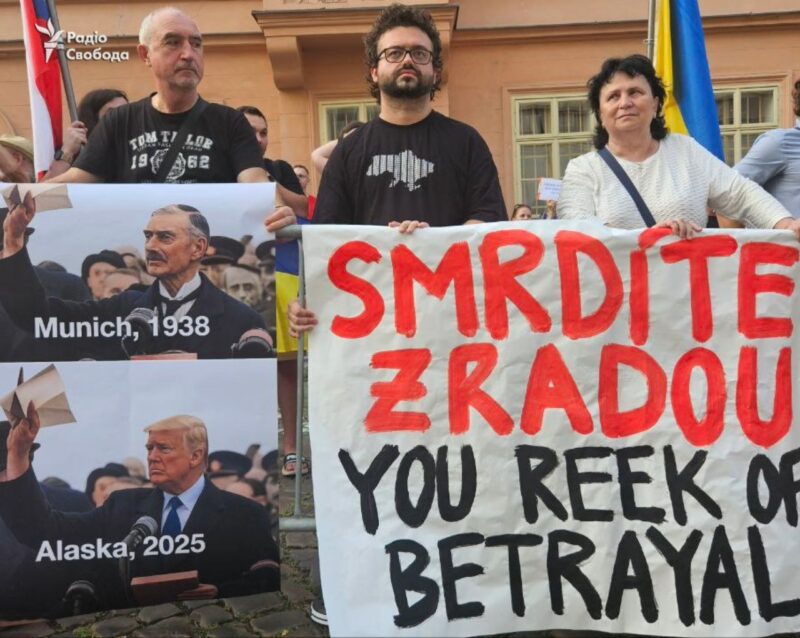
As the Alaska summit approaches, leaders must decide which side of history they will take, say both activists. Will they defend the principles of sovereignty, independence, and territorial integrity—or will they trade them away for the illusion of peace?
The world still has the tools to stop Russia. America can supply the weapons. Europe holds $190 billion in frozen Russian assets. Ukraine’s defenders are on the front lines. What is needed now is not “understanding” with Moscow—it is courage.
The last century, with World War II, taught the free world the cost of appeasement in blood and millions of dead and/or enslaved. This century must not relearn it the hard way.
“Today’s leaders must remember that history judges not just intentions, but consequences,” concludes Hanna Hopko.
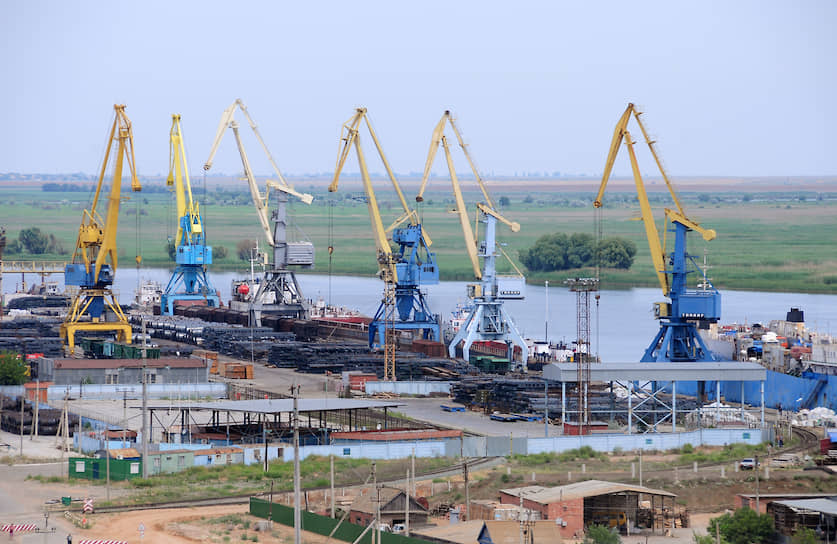

Ukraine’s Special Operations Forces (SSO or SOF) struck Russia’s Olya port in Astrakhan Oblast on 14 August, targeting a vessel reportedly carrying Iranian Shahed drone parts and ammunition. The General Staff of the Armed Forces of Ukraine said the attack was part of efforts to weaken Russia’s ability to carry out airstrikes. Results of the strike are still being assessed.
According to the General Staff, the Olya port facility is used by Russia as an important logistics hub for receiving military goods from Iran.
The targeted vessel, identified as Port Olya 4, was reportedly loaded with Shahed-type drone components and ammunition.
The operation was conducted by Ukraine’s SOF in cooperation with other branches of the Defense Forces. The military said the goal was to disrupt Russian logistics and degrade its capacity for sustained aerial attacks.
No visual evidence from the area has yet emerged, and Euromaidan Press said it could not independently verify the report.
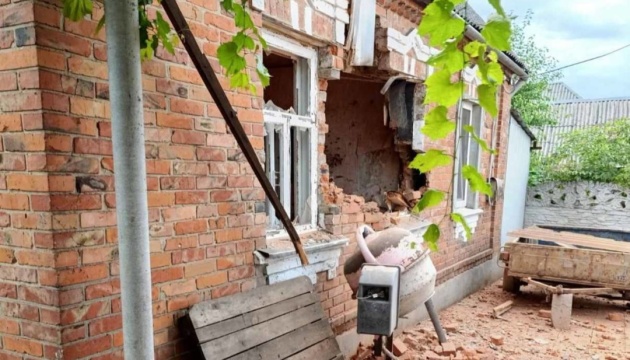

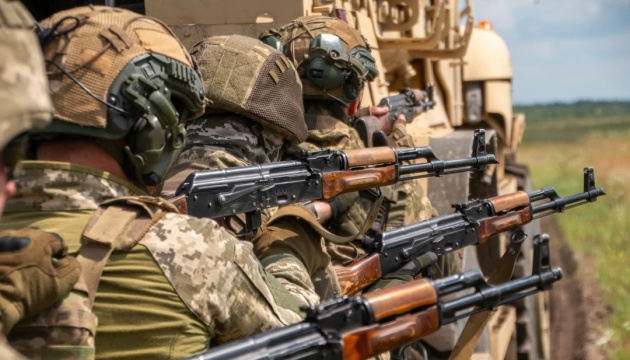

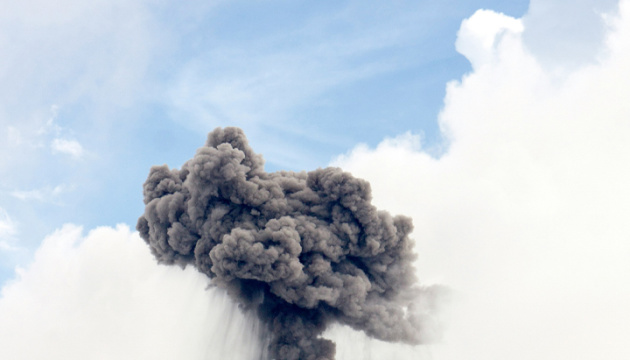

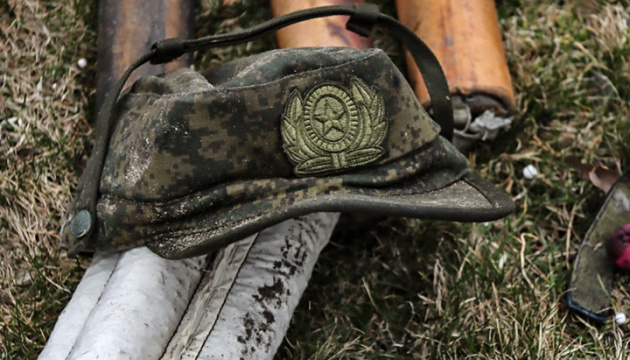

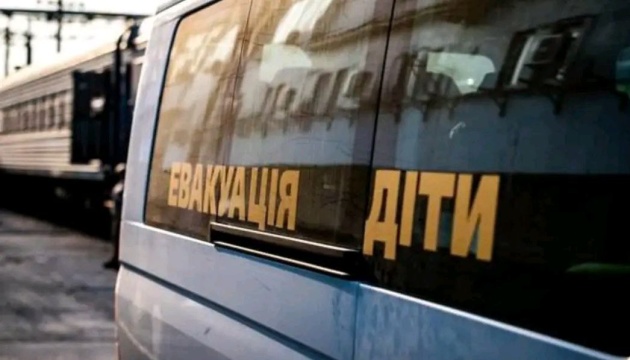

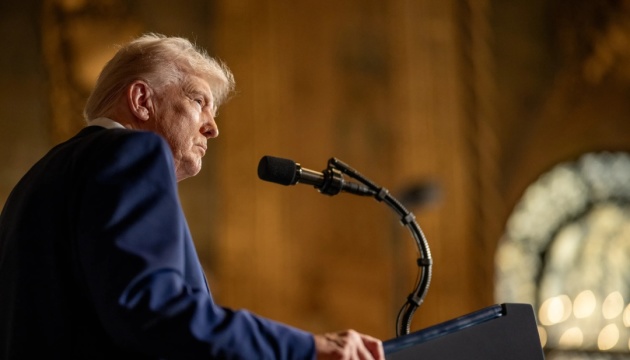



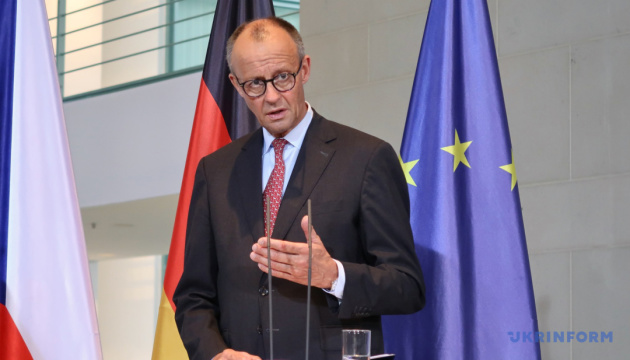

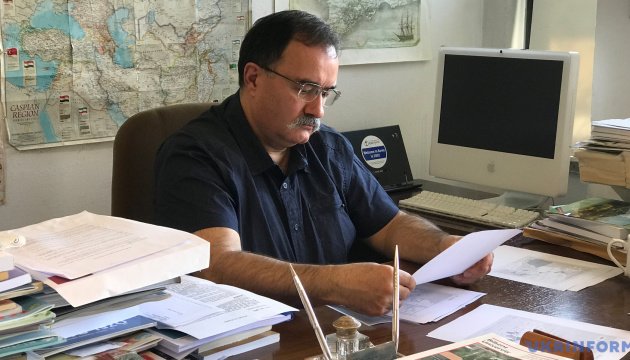

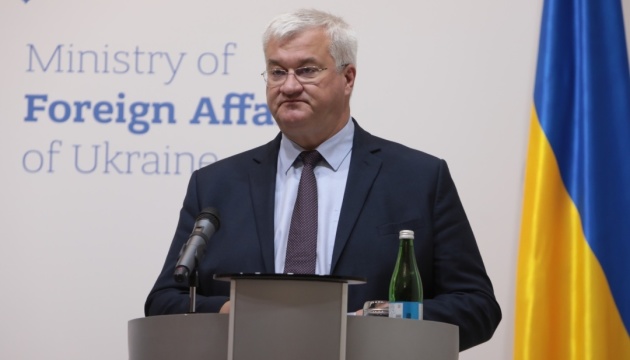

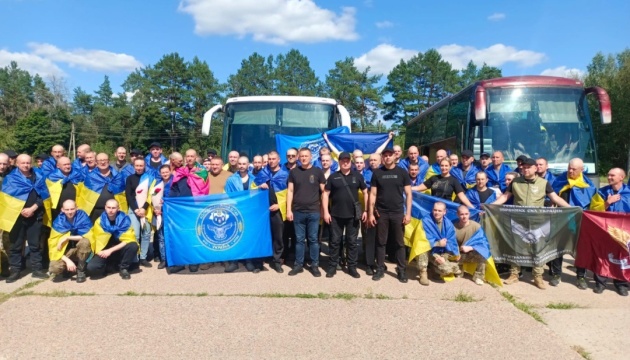

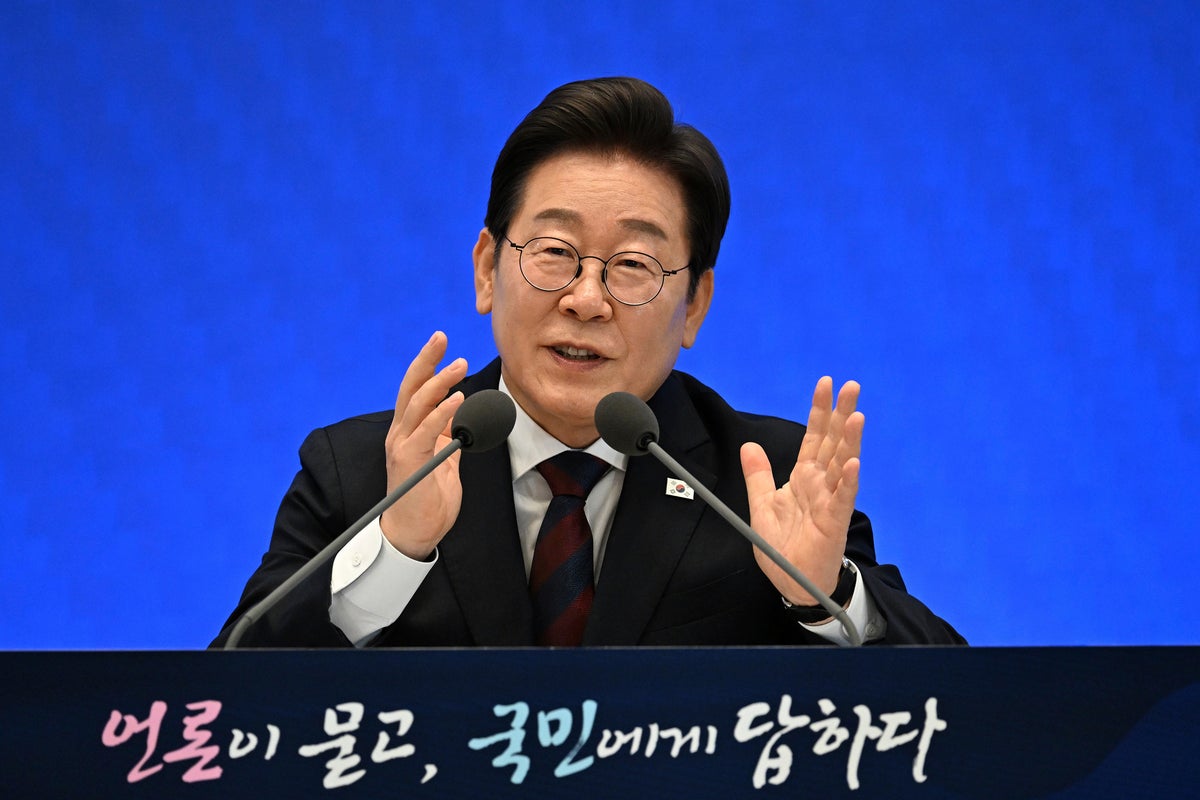

© ASSOCIATED PRESS
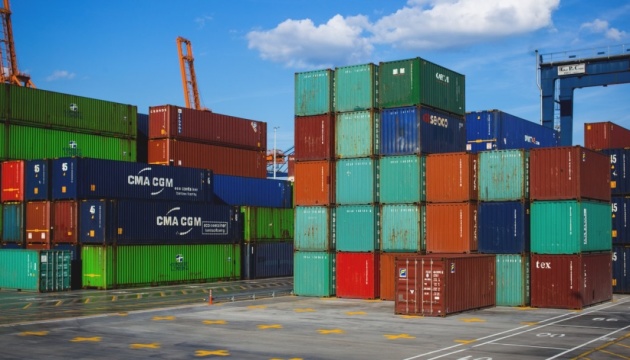






Sir Tony Radakin stressed that ‘Russia is weak’ and that Nato allies needed to demonstrate confidence

© PA


Authorities in Ukraine’s Donetsk Oblast have expanded the mandatory evacuation zone for families with children, adding five new settlements due to intensifying Russian attacks. The decision was announced by Vadym Filashkin, head of the Donetsk Regional Military Administration (RMA), on 14 August.
Druzhkivka, an industrial city of strategic importance, lies about 80 km northeast of Donetsk City and has remained under Ukrainian control since 2014. Once home to nearly 54,000 residents, its population has dropped sharply due to displacement. Its position along key transport routes makes it a vital defensive and logistical hub.
The new mandate covers Druzhkivka, Andriivka, Varvarivka, Novoandriivka, and Rohanske in the Andriivka community, where about 1,879 children currently live.
The evacuation decision followed a meeting of the regional commission on technogenic and environmental safety and emergency situations. Filashkin cited relentless Russian shelling—around 3,000 strikes daily—and urged parents to act:
“Take care of your loved ones — your children. Evacuate in time. Evacuate while it is still possible. Protect your loved ones and do not put them in danger.”
Children will be evacuated only with parents or legal guardians, using a coordinated process involving regional authorities, law enforcement, and local administrations.

Recent battlefield developments have amplified the urgency. Russian forces achieved a narrow but significant breakthrough north of Pokrovsk, advancing up to 17 km and seizing positions threatening Ukrainian supply lines. Another push near Dobropillia reached the Dobropillia–Kramatorsk highway, a key route for military logistics.
While Ukrainian commanders report stabilizing the front with reinforcements, analysts warn these advances could shift the strategic balance and increase risks for nearby civilian areas, including Druzhkivka.
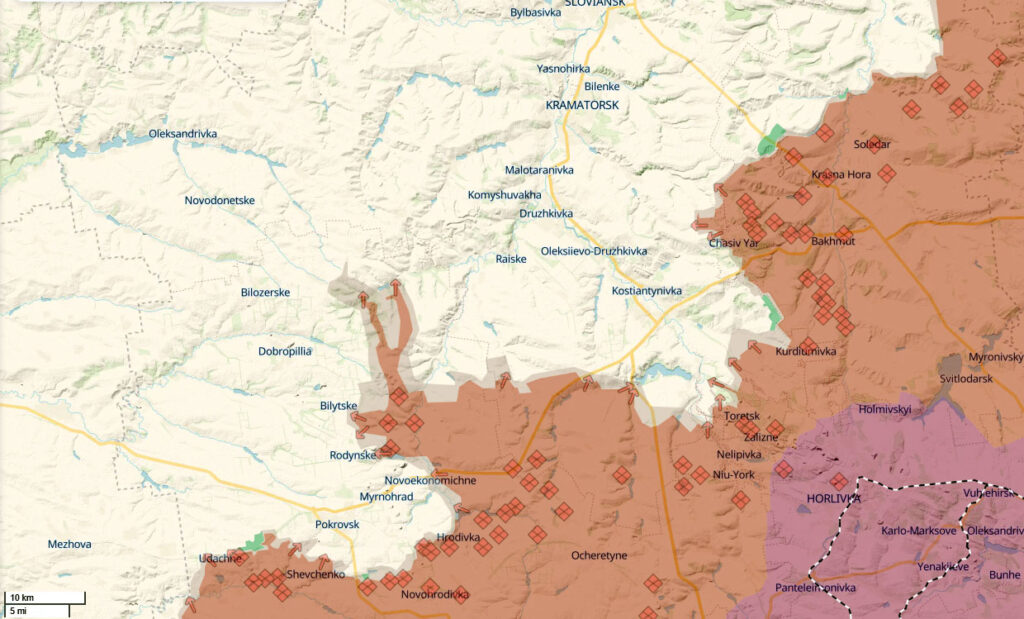
Mandatory evacuations began in March 2023 in Bakhmut during heavy fighting. Since then, similar operations have taken place in Kryvorizka, Dobropilska, Druzhkivska, Lymanska, and Bilozerska communities as the front line has approached.
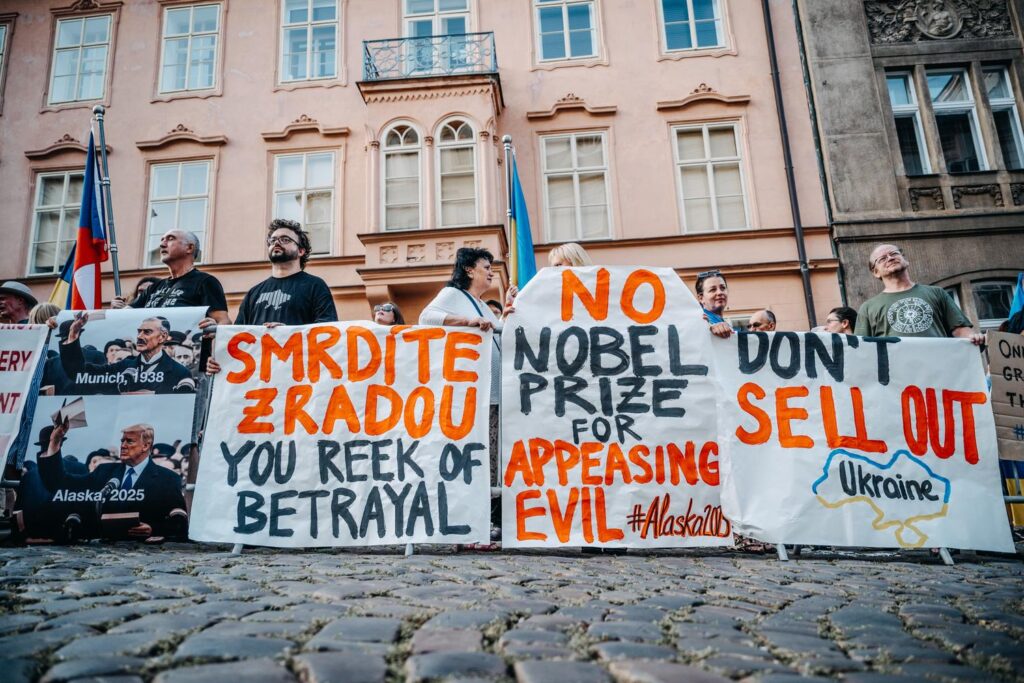

When Donald Trump and Vladimir Putin meet in Alaska this Friday, the headlines will focus on the show: a US president hosting the Russian leader in a state once sold by the Russian Empire, with Ukraine’s fate hanging in the balance. But what’s invisible to many is a fundamental problem. The two men are not even negotiating the same war.
Trump and his advisers frame the war as a territorial dispute.
In Trump’s mind, ending the war is a matter of finding the right chunk of land to trade, a deal that can be signed quickly, sold to voters, and wrapped up before the next election cycle.
Putin’s view is entirely different. For him, this war is not about lines on a map. It is about the structure of Europe’s security order. His core demand, repeated for more than a decade, is a legally binding halt to NATO expansion, not just for Ukraine, but as a principle. That means rewriting the post–Cold War rules so that Moscow has a permanent veto over the alliances its neighbors may join.
It is, in effect, a constitutional rewrite of Europe’s security system.
But Putin’s demands go far beyond strategic reordering. According to Russian officials, Moscow seeks Ukraine’s complete “demilitarization,” “denazification”—Putin’s euphemism for regime change—and permanent “neutrality” barring any Western security guarantees.
Russia also wants all sanctions lifted and NATO forces rolled back from Eastern Europe entirely.
In other words, Putin is not negotiating over Ukrainian territory. He is negotiating over whether Ukraine will continue to exist as an independent state.
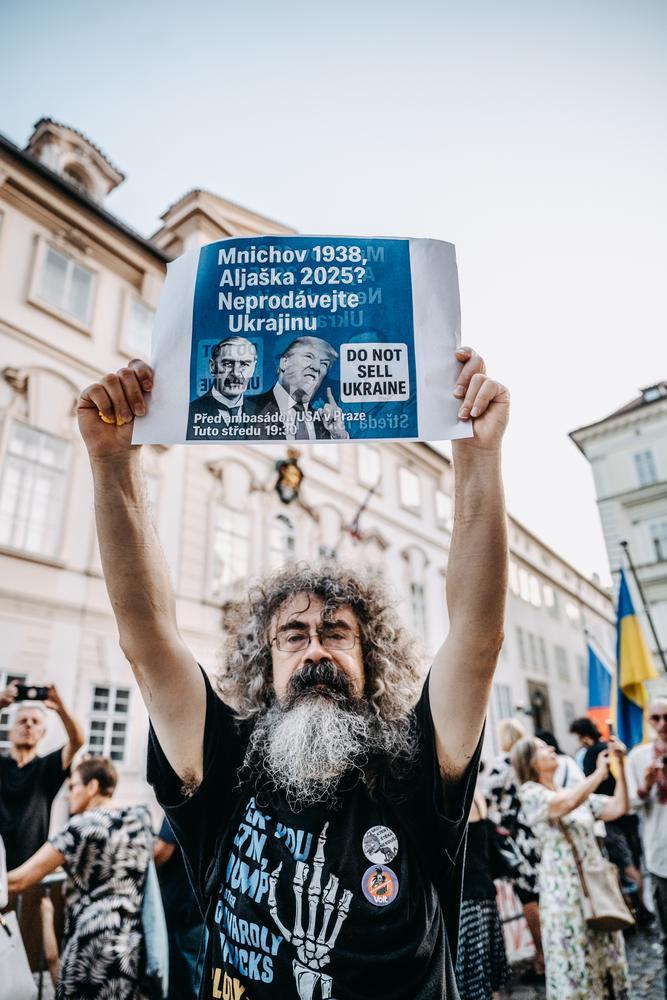
This fundamental mismatch leaves Ukraine in an impossible position. Trump is willing to trade away frozen conflict lines, delayed NATO membership, and limited sanctions relief. But Ukraine needs what Putin refuses to give: genuine security guarantees, territorial integrity, and the sovereign right to choose its own alliances.
For Ukraine, accepting Putin’s terms would mean national suicide disguised as negotiation.
These are not positions Ukraine can compromise on—they are requirements for survival as an independent nation. Yet they are precisely what Trump’s deal-making approach treats as negotiable.
There is no shortage of historical warnings about what happens when talks are built on such mismatches. Land swaps have been tried before as a way to paper over deeper disputes.
In each case, the failure came from mistaking a strategic conflict for a cartographic one.
There is a deeper risk that analysts have largely overlooked: Trump is negotiating with his own misunderstanding of Putin’s objectives. Because he believes the dispute can be solved by trading territory, he will interpret any territorial discussion as progress.
Putin, meanwhile, will see territorial concessions only as a means to secure the larger prize of a rewritten security order.
This misunderstanding becomes Putin’s greatest asset. Russian analysts describe Trump’s dealmaking approach as a “can’t-lose proposition” for Moscow. Putin can appear reasonable and open to compromise while presenting terms designed to eliminate Ukrainian independence.
Even if Trump rejects specific demands, Putin achieves his goal of being treated as Ukraine’s equal in determining the country’s future.
Trump and Putin will leave Alaska believing they have moved closer to a deal, but they will be moving along two separate tracks that never meet.
If this were merely a matter of clashing goals, careful preparation could at least surface the differences and test for overlap. But here too, the asymmetry is visible. Putin arrives in Alaska with a tightly controlled plan, informed by months of private discussions with his closest advisers, and with clear red lines. Trump arrives without a detailed framework.
Successful summits rarely happen spontaneously.
Alaska has none of this. The meeting was triggered by a visit from Steve Witkoff, a real estate developer turned envoy, who came back from Moscow with little more than a handshake agreement to meet.
That imbalance gives Putin the advantage. He can use the summit to appear open and constructive while presenting terms designed to lock in strategic gains.
Even if Trump refuses those terms, Putin will have succeeded in demonstrating to his domestic audience, and to wavering countries in the Global South, that Russia is negotiating directly with Washington, sidelining Kyiv.
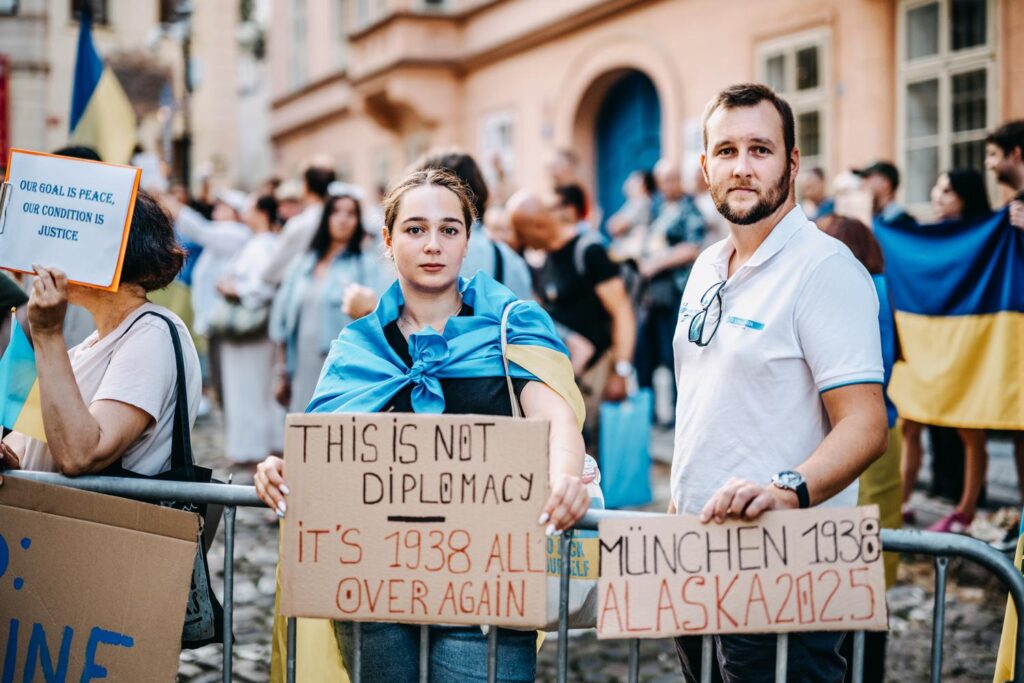
Time itself favors Putin. Trump is thinking in months, hoping for a quick foreign policy win before the 2026 midterms.
Putin thinks in decades. His inner circle, according to Russian sources, has told him that Ukrainian resistance will collapse within months if Russia maintains military pressure.
Even a temporary ceasefire would allow his forces to regroup, while sanctions fatigue erodes Western unity.
This is why a meeting that produces no concrete concessions from Moscow can still be useful to both men, but deeply damaging to Ukraine.
The real danger of Alaska is not that it produces a signed surrender. The danger is that it produces the illusion of progress.
Then there is Alaska itself. Meeting on American soil might seem like a show of strength from Trump, but to Putin, it means something else. Alaska was once Russian territory. Hosting the summit there sends an unintended message: that borders are temporary and land can be transferred through negotiation. In a war where Russia’s central claim is that borders can be rewritten by force, this is a gift.
Diplomats understand the power of location. In 2010, Serbia and Kosovo’s EU-sponsored talks were held in Brussels precisely to avoid symbolic claims to sovereignty. Choosing Alaska to discuss Ukraine’s future undermines the very principle the US claims to defend: that states have the right to keep their internationally recognized borders.
The real danger of Alaska is not that it produces a signed surrender. The danger is that it produces the illusion of progress.
Trump could emerge declaring the talks a first step toward peace, while Putin uses the meeting to reinforce his narrative: that Washington, not Kyiv, is the true counterparty in this war, and that Russia’s demands are the baseline for any serious negotiation.
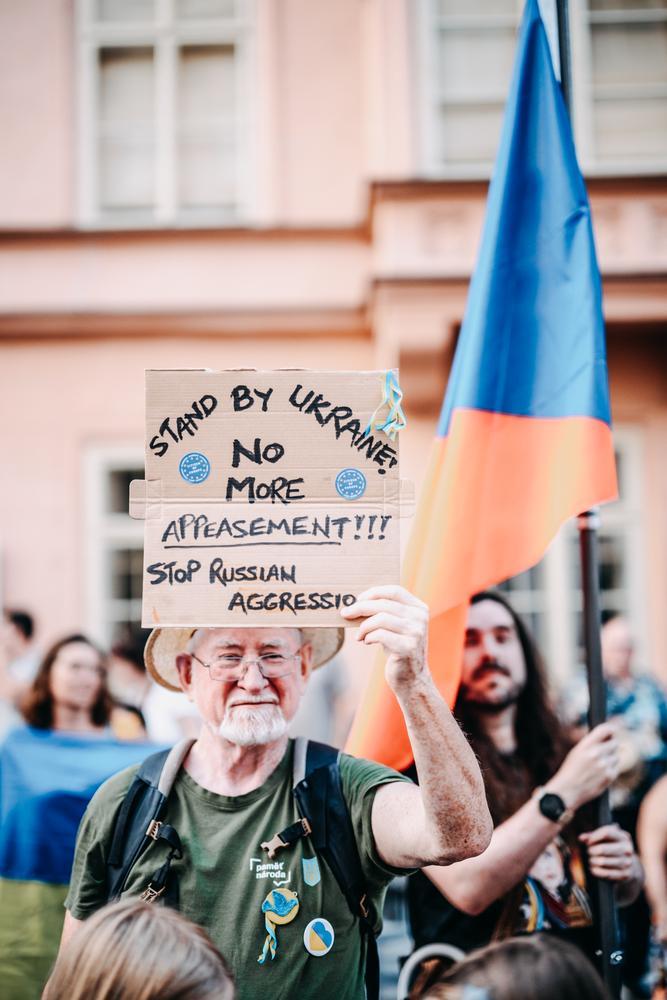
Could Alaska succeed? Only if both leaders arrived with a shared understanding of the core dispute, a set of pre-negotiated principles, and Ukraine’s active participation.
None of those conditions exist.
Without them, the meeting is not a step toward resolution but a set piece in two domestic political dramas: Trump’s need to appear as the great dealmaker, and Putin’s need to appear as the indispensable architect of Europe’s future.
But the stakes are higher than political theater. Trump’s misunderstanding could lead him to pressure Ukraine into accepting a “peace” that eliminates its independence while allowing Putin to claim he negotiated rather than conquered.
The summit’s real risk is that Trump will declare victory while Putin advances his goal of eliminating Ukrainian independence, creating a framework that destroys Ukraine while calling it diplomacy.
That is why the Alaska summit may be remembered not as a turning point toward peace, but as the moment when the West negotiated away a democracy’s right to exist.


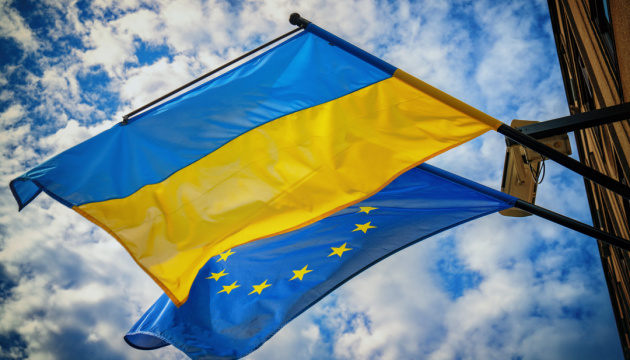

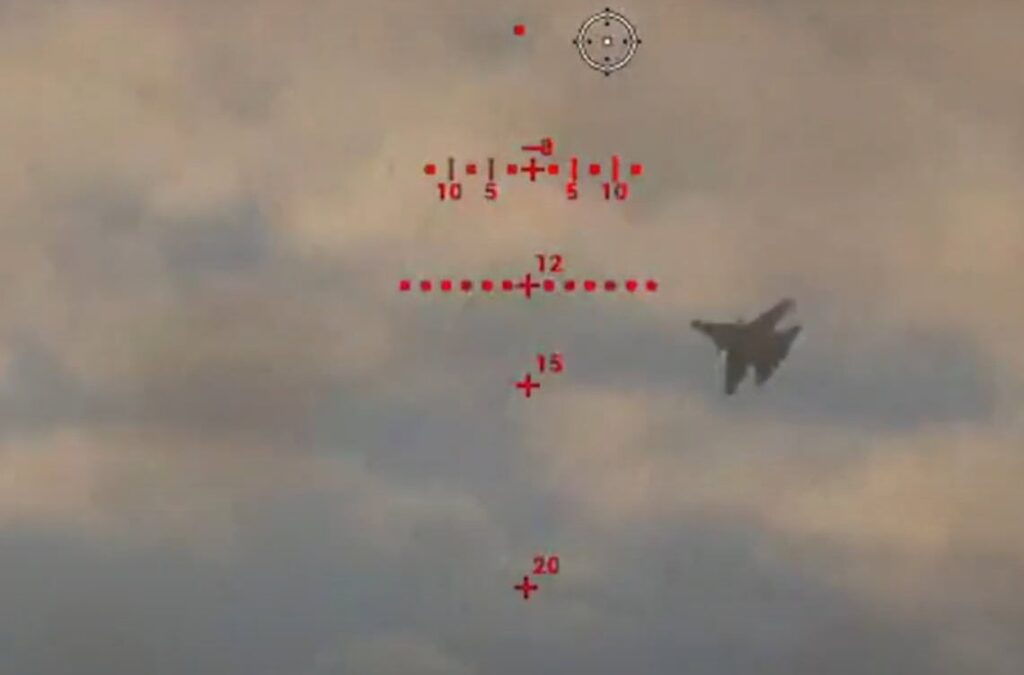

A Russian Su-30SM multirole fighter jet has likely crashed in the Black Sea southeast of Zmiinyi (Snake) Island (Odesa Oblast), according to the Ukrainian Navy.
Naval intelligence intercepted radio communications indicating the loss of contact with the aircraft during a mission. The cause of the incident remains unknown.
Russian forces have launched a search-and-rescue operation; debris has been spotted on the sea surface, but the pilot has not been found.
The Su-30SM is one of the Russian military’s most capable 4th-generation fighters, used for air superiority, long-range patrols, escort missions, radar surveillance, and command-and-control.
FlightGlobal’s 2025 world air forces directory lists 365 Su-27/30/35 fighters in Russian service (exact Su-30SM numbers are not public). Each Su-30SM is estimated to cost between $35 million and $50 million, making every loss a major hit to Russia’s high-value combat fleet.
The aircraft has been used extensively in the war against Ukraine, including for the launch of Kh-31P and Kh-58 anti-radiation missiles aimed at suppressing Ukrainian air defenses.
Ukraine has reported multiple Su-30SM shootdowns and ground destructions since the full-scale invasion began:
The possible downing of another Su-30SM underscores Ukraine’s ability to inflict attrition on Russia’s front-line combat aviation. With high unit costs and a shrinking pool of trained aircrews, each loss erodes Russia’s air combat capability — particularly in contested zones like the Black Sea.


© Copyright 2025 The Associated Press. All rights reserved
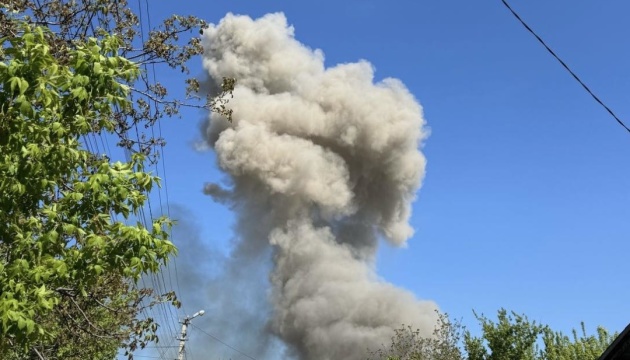

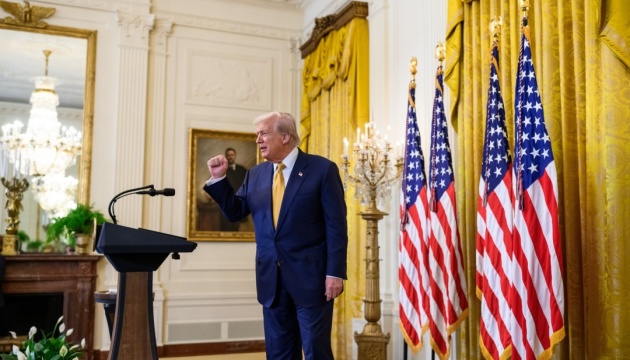

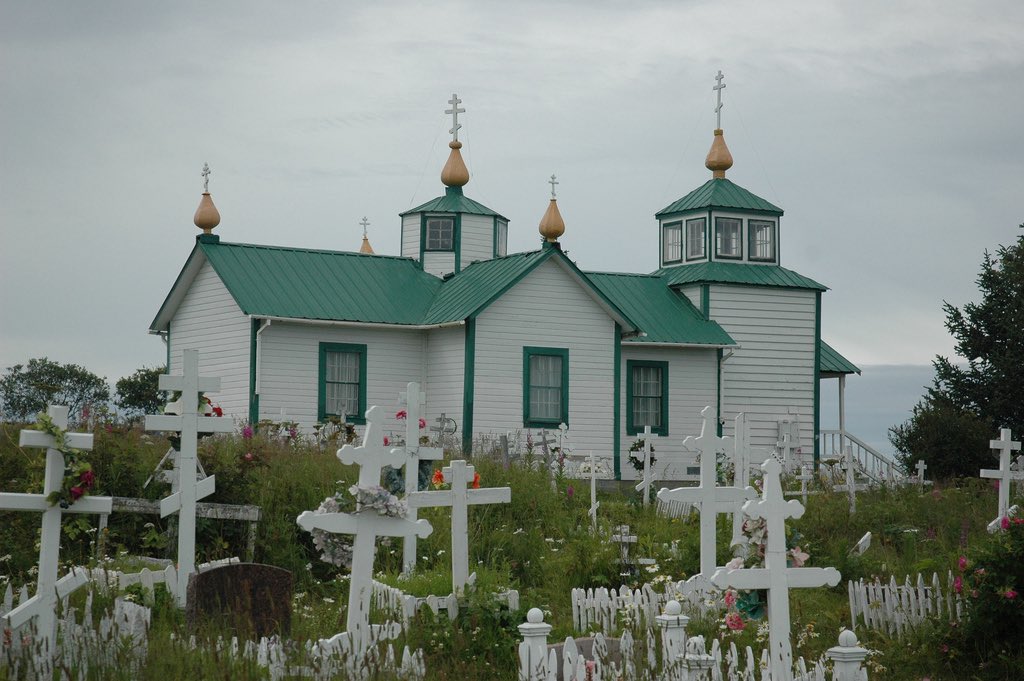

The upcoming summit between US President Trump and Russian President Putin in Anchorage, Alaska, has reignited Russian imperial rhetoric precisely as Moscow seeks to demonstrate its global reach while pressuring Ukraine to cede territory.
The summit venue has brought renewed attention to longstanding Russian territorial claims, with statements resurfacing in which Russian state and media figures suggest the US state belongs to Moscow ahead of Friday’s meeting.
State television propagandist Olga Skabeyeva has referred to the state as “our Alaska” during broadcasts in 2024. The same year, Deputy Security Council Chair Dmitry Medvedev joked on social media about going to war with the US over the territory.
Kremlin negotiator Kirill Dmitriev described Alaska as “an American of Russian origin” during recent summit discussions. State Duma Speaker Vyacheslav Volodin previously warned that Moscow would lay claim to the state if Washington froze Russian assets abroad.
In 2022, Billboards reading “Alaska Is Ours!” appeared in Krasnoyarsk, Siberia.
Alaska was colonized by Russia from 1799 to 1867, and was administered by about 700 Russians across a territory larger than Texas. Russia sold Alaska to the United States in 1867 for $7.2 million following Russia’s defeat in the Crimean War. Nearly all Russian settlers left after the purchase, though Russian Orthodox churches remain throughout the state.
The state’s closest point lies just 3.8 kilometers from Russia across the Bering Strait, between Little Diomede Island (US) and Big Diomede Island (Russia). There are 89 kilometers between the mainlands of the two countries.
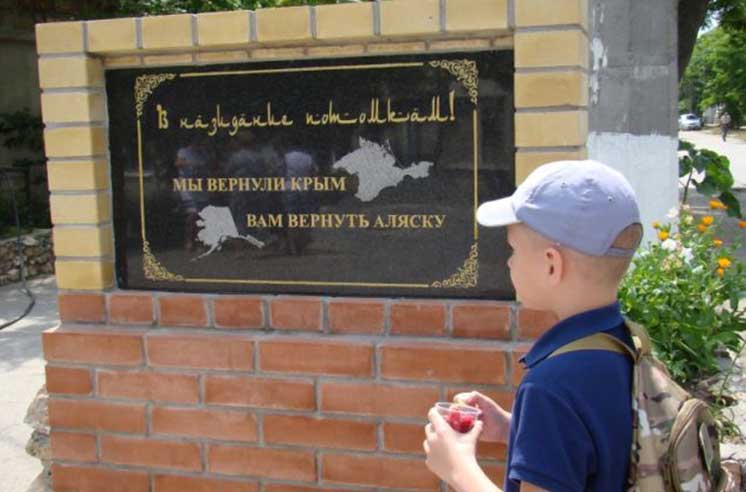
Trump and Putin will meet Friday in Anchorage to discuss ending Russia’s war in Ukraine. Trump has indicated he expects “some land-swapping” in any potential deal, while Putin demands Ukraine abandon NATO aspirations and recognize Russian territorial conquests.
In the press conference about the summit on 11 August, President Trump appeared to slip up, referring to the meeting location as “Russia”.
Ukrainian President Volodymyr Zelenskyy was not initially invited to the summit, though the White House is considering extending an invitation.
The summit will reportedly include discussions of a potential minerals deal, with Trump expected to present resource partnership proposals to Putin during the meeting, according to The Telegraph.
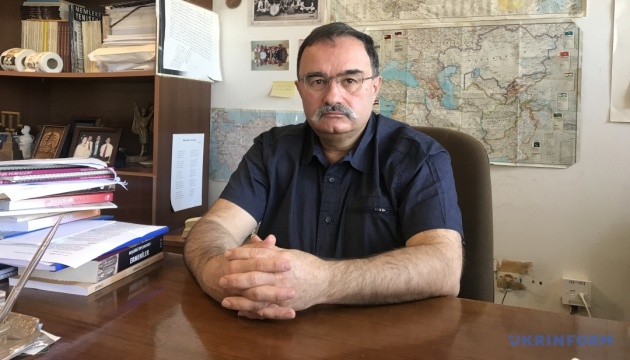

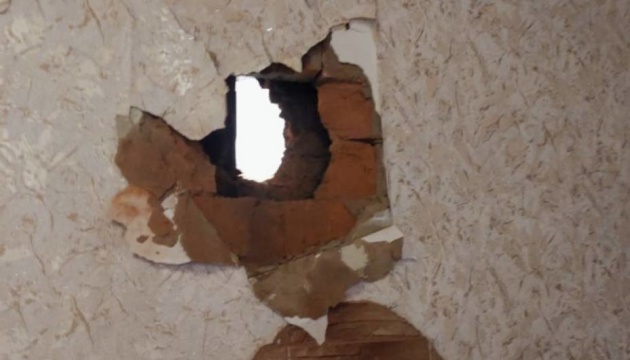

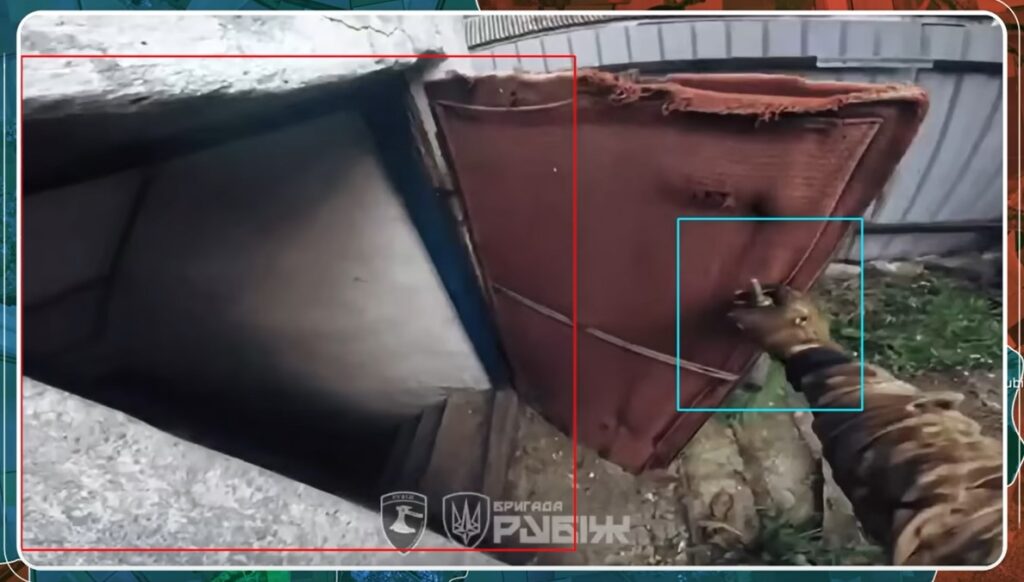

Today, there are important updates from the Pokrovsk direction. Here, on the eastern flank, the Russian forces conducted a massive push to cut off Ukrainian supply lines to Pokrovsk and starve out the defenders. However, Russians quickly got stuck in fortifications that guard the back of the Ukrainian defense line, with intense close-quarters battles breaking out.
In the latest adjustment of their summer offensive, Russian forces are now concentrating their efforts on encircling Pokrovsk from the east. Despite being initially promising, the failed encirclement efforts from the west and unsuccessful infiltration attempts from the south were both successfully pushed back by Ukrainian defenders.
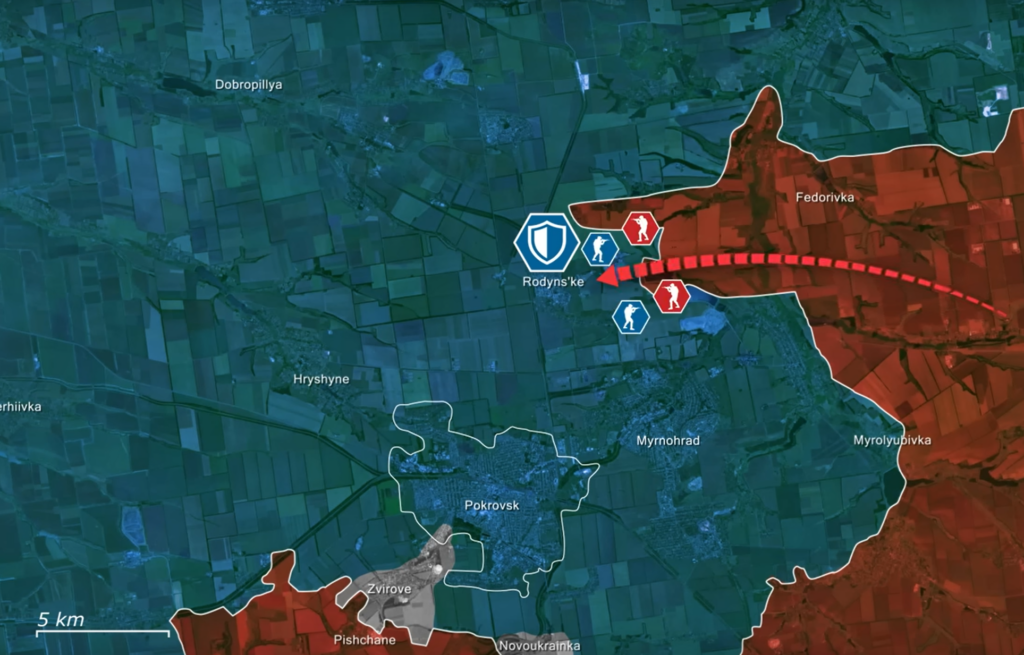
Ukrainians improved their tactical standing, stalling further enemy momentum, which changed Russia’s strategy toward targeting logistics on the western flank. However, the same cannot be said for the eastern flank. After making headway there, Russian forces rapidly shifted their focus to this sector, capitalizing on their momentum to push deeper and reach the strategically vital settlement of Rodynske.
Their objective is now clear: cut supply lines, threaten Pokrovsk and Myrnohrad from behind, and force the Ukrainian defense into a semi-encircled position. Rodynske has emerged as a focal point in Russia’s operational plan due to its position directly behind Pokrovsk and Myrnohrad, which allows it to serve as a logistical and tactical keystone for both towns. Capturing it would open a dangerous axis of advance from the rear, collapsing supply routes and placing additional pressure on Ukrainian units holding the line.
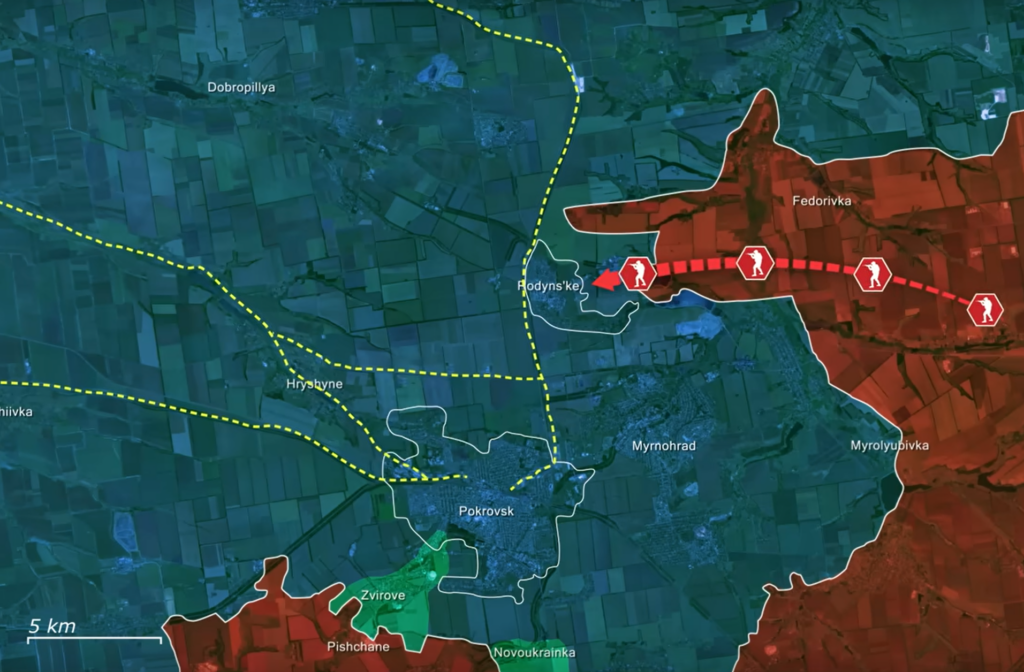
Recognizing this, Russian commanders are pouring reinforcements into the area, prioritizing the capture of the dense urban environment of Rodynske, which would offer both protection for troop concentrations and ideal conditions for the launch of drone operations. If secured, Russian drone teams positioned in Rodynske could launch strikes with ease across a 15 to 25 kilometer radius, hitting key Ukrainian staging areas and logistical hubs.
If we look at the topographic map, we can see that the immediate threat could easily extend west toward Hryshyne, which sits in a lowland and would be vulnerable to attack. Additionally, this would allow the Russians to gain access to the same high ground that Pokrovsk is sitting on and would open up attack routes directly from behind.
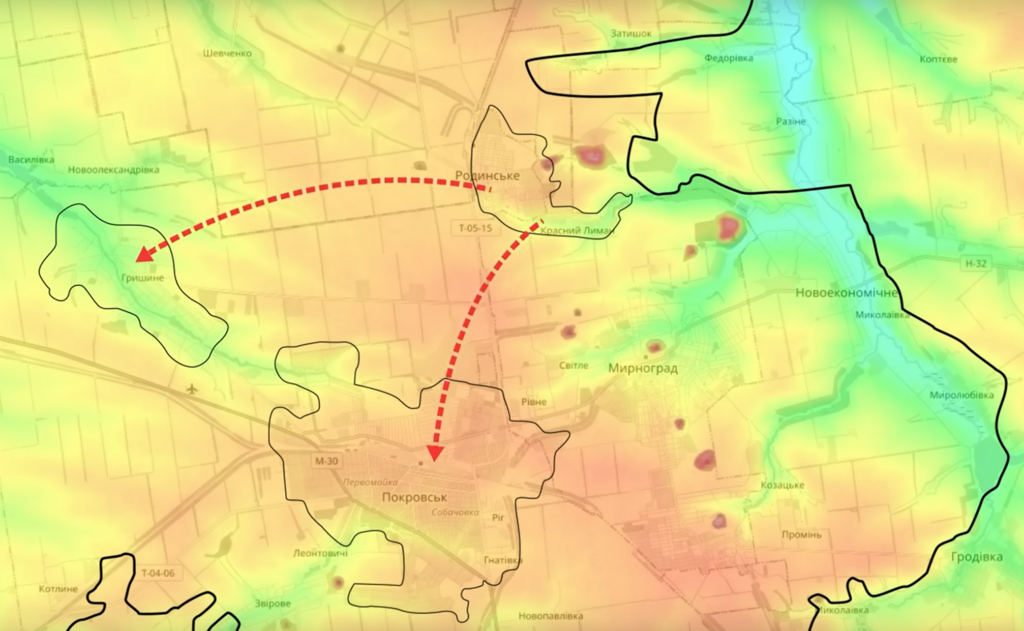
For now, however, the main Russian effort remains squarely focused on breaking Ukrainian resistance in Rodynske. The fierce battle for the settlement has already begun, with high-intensity engagements playing out on its eastern approaches. Geolocated combat footage paints a clear picture of the fighting, as in one clip, a Ukrainian marine fires an AT-4 grenade launcher at point-blank range into an underground cellar where Russian soldiers had holed up in. After the explosion had opened up the underground area, a Vampire hexacopter was then able to drop a heavy mine from above, obliterating the Russian position.

Elsewhere, the Starfall unit of the 14th Operational Brigade of Ukraine’s National Guard is shown operating east of Rodynske, targeting Russian troops hiding near a mine with drone-dropped explosives to stop their advance.
More particularly brutal GoPro footage captures two Ukrainian soldiers responding to signs of an enemy presence. Calm and calculated, they discover two Russian assault troops hiding in a cellar. Speaking fluent Russian, the Ukrainians momentarily confuse the intruders before eliminating them with grenades tossed inside. The same team later clears a nearby house, eliminates the Russian soldiers inside, and seizes a captured assault rifle.
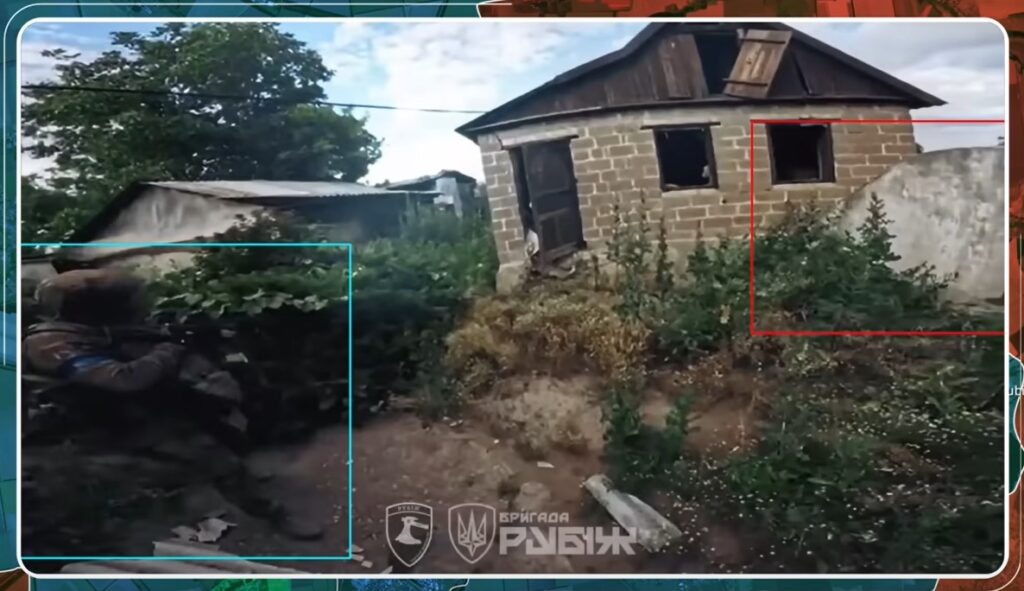
Overall, Pokrovsk remains the hottest section of the frontline and the focal point of Russia’s summer campaign. The Russians are determined to establish a foothold in the paved neighborhoods before the fall rains make any approach on soft ground impossible, and their pivot to the east has already yielded dangerous momentum.
Yet this shift is now being met with fierce Ukrainian resistance centered on Rodynske, quickly growing to be of extreme importance. Its defense is about protecting the entire Pokrovsk–Myrnohrad sector from collapse, as if Rodynske falls, the door to encirclement opens. For now, however, Ukrainian forces are holding, fighting from house to house, and striking back with every tool available. The battle is far from over, but the outcome in Rodynske may well decide the fate of Pokrovsk.
In our regular frontline report, we pair up with the military blogger Reporting from Ukraine to keep you informed about what is happening on the battlefield in the Russo-Ukrainian war.
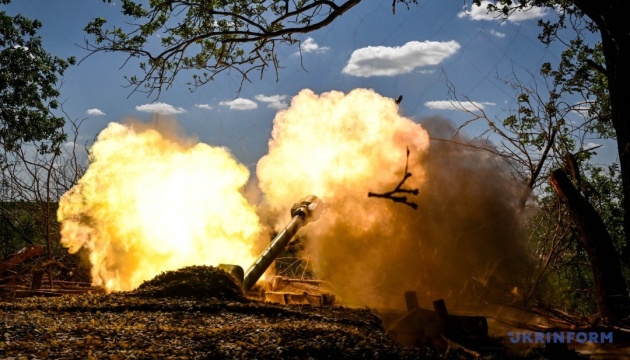


Editorial: When Putin declares victory, as now looks likely, the question of how willing the ‘coalition of the willing’ will be in its continued defence of Ukraine is a crucial one that few seem ready to answer – and one on which Keir Starmer must continue to take a lead

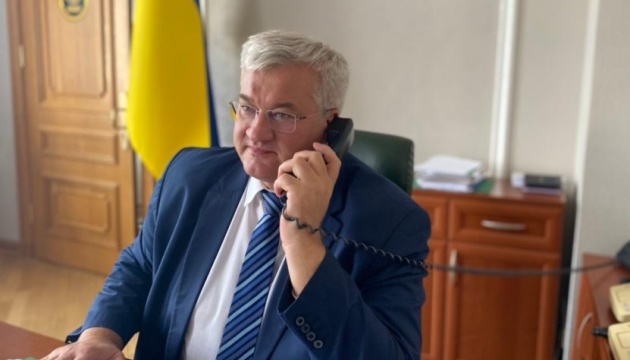

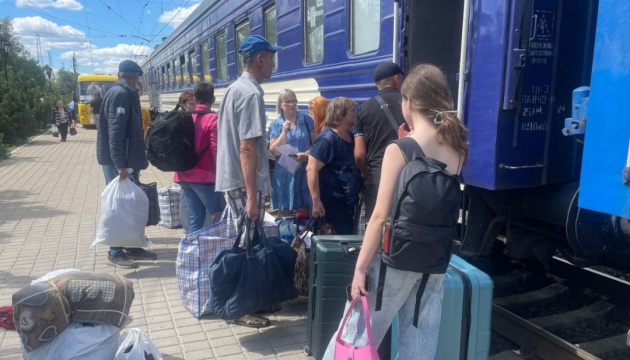


© AFP/Getty
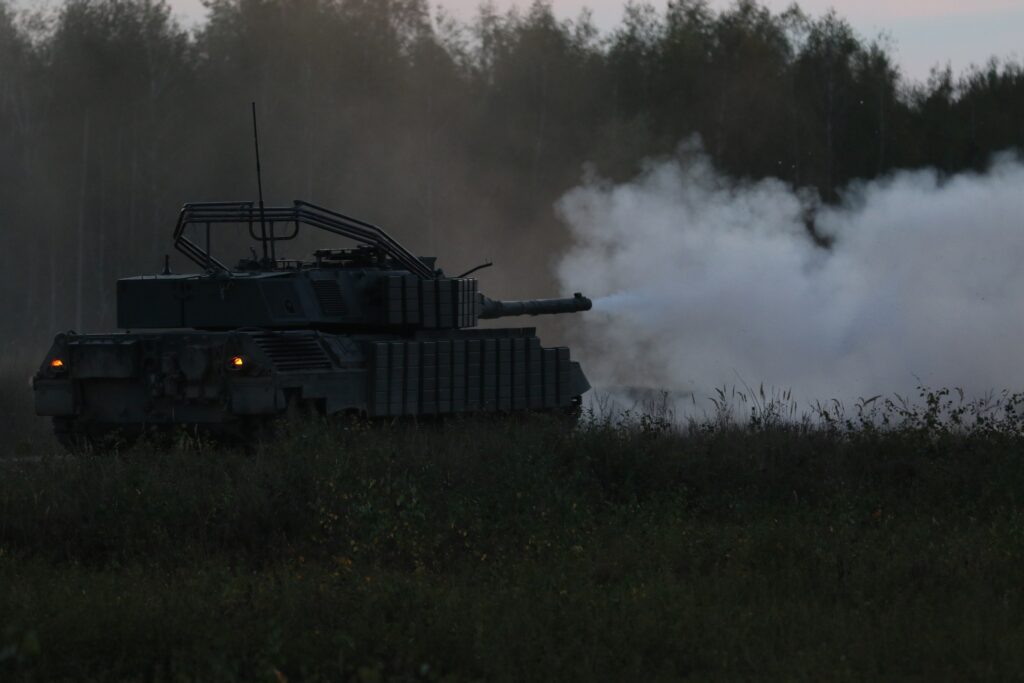

Ukrainian reinforcements are rushing to the Pokrovsk area in an urgent effort to defeat a Russian infiltration that threatens one of two main supply roads into the besieged city in Donetsk Oblast.
The reinforcements include one of Ukraine’s new multi-brigade corps—and at least one Leopard 1A5 tank.
The Ukrainian army’s 508th Separate Repair and Restoration Battalion—which retrieves, repairs and returns armored vehicles—loaded one of the 40-ton, four-person Leopard 1A5 tanks onto a heavy transport truck and hauled the tank into the Pokrovsk sector under the cover of darkness on Wednesday.
“We’ve been a little quiet the last few days,” the battalion stated on social media, “but another Leopard 1A5 with full ammunition … is successfully delivered to one of the hottest places [in the] Pokrovsk direction.”
It’s obvious where the German-made tank wound up: somewhere along the roughly 10-km front stretching from Rodynske in the south to Nove Shakhove in the north. That front, just northeast of Pokrovsk, is the current locus of the fighting after Russian troops slipped past under-manned—or entirely empty—Ukrainian trenches last week and hooked left to threaten Dobropillya, which sits astride the T0515 road threading into Pokrovsk.
Two of the seven Ukrainian brigades that operate the 1980s-vintage—but heavily upgraded and up-armored—Leopard 1A5s are holding the line around Dobropillya: the national guard’s 4th Rubizh Brigade and the army’s 142nd Mechanized Brigade.
Each brigade probably owns a dozen Leopard 1A5s out of 170 that a German-Dutch-Danish consortium has pledged to Ukraine. Around 100 of the tanks have shipped; the Russians have knocked out at least 14 of them. Others have been damaged.
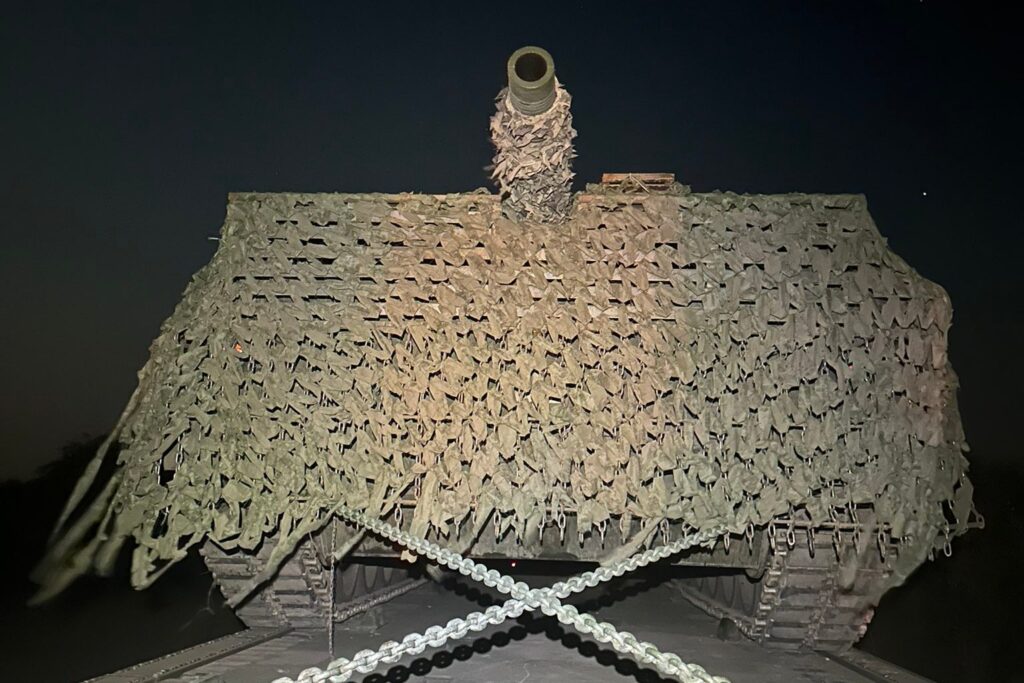
It’s likely the Leopard 1A5 the 508th Separate Repair and Restoration Battalion sneaked into the Pokrovsk area was a damaged tank that the battalion fetched from the front line and fixed up at its workshop before hauling it back to its operator.
After losing around 4,000 tanks in action in the first 42 months of its wider war on Ukraine, Russia has all but ceased deploying heavy armor along the 1,100-km front line. Production of new T-90M tanks, and the restoration of old Cold War T-72s moldering in long-term storage, simply can’t make good all those losses.
Today, the Russians mostly attack on foot or on motorcycles, counting on these hard-to-spot and fast-moving forces to slip through thinly manned Ukrainian trenches and past Ukraine’s ever-present drones. The Ukrainians still use tanks, however, fearlessly rolling the hulking vehicles from their drone-proof dugouts for close fights with infiltrating Russians.
It’s not for no reason that, last month, Ukraine lost more tanks in action than Russia did—a first in this wider war.
Ukrainian Pres. Volodymyr Zelensky insisted the Russian infiltrators threatening Dobropillya marched north and then turned west “only with weapons in their hands.” They’re lightly armed and poorly supplied, potentially making them easy targets for tanks. Assuming, of course, the tanks can shrug off any Russian drones patrolling the Russian salient northeast of Pokrovsk.
There’s a good reason for the Ukrainian tankers to be optimistic. The Leopard 1A5 and Leopard 2A4 tanks that are helping to defend the Pokrovsk sector have proved that, with enough add-on armor, they can survive repeated drone strikes—and keep fighting.

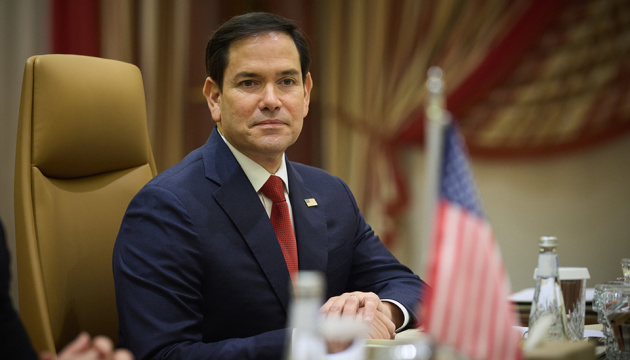

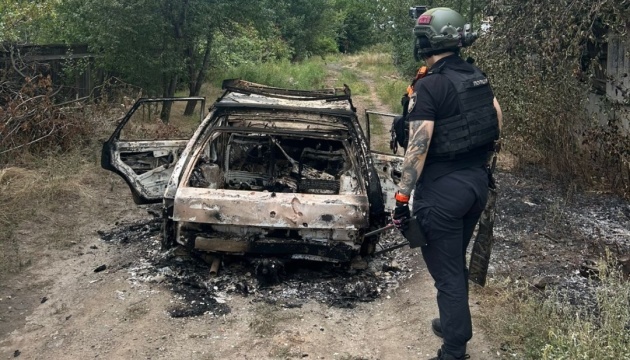

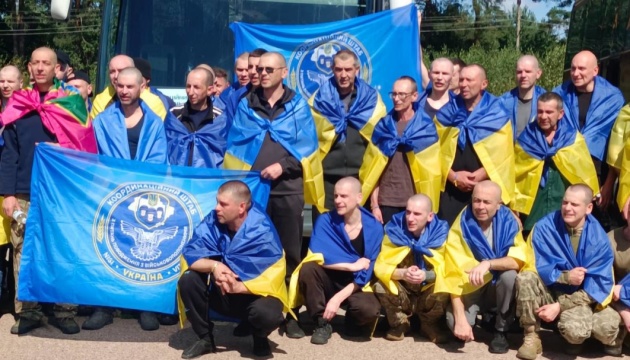

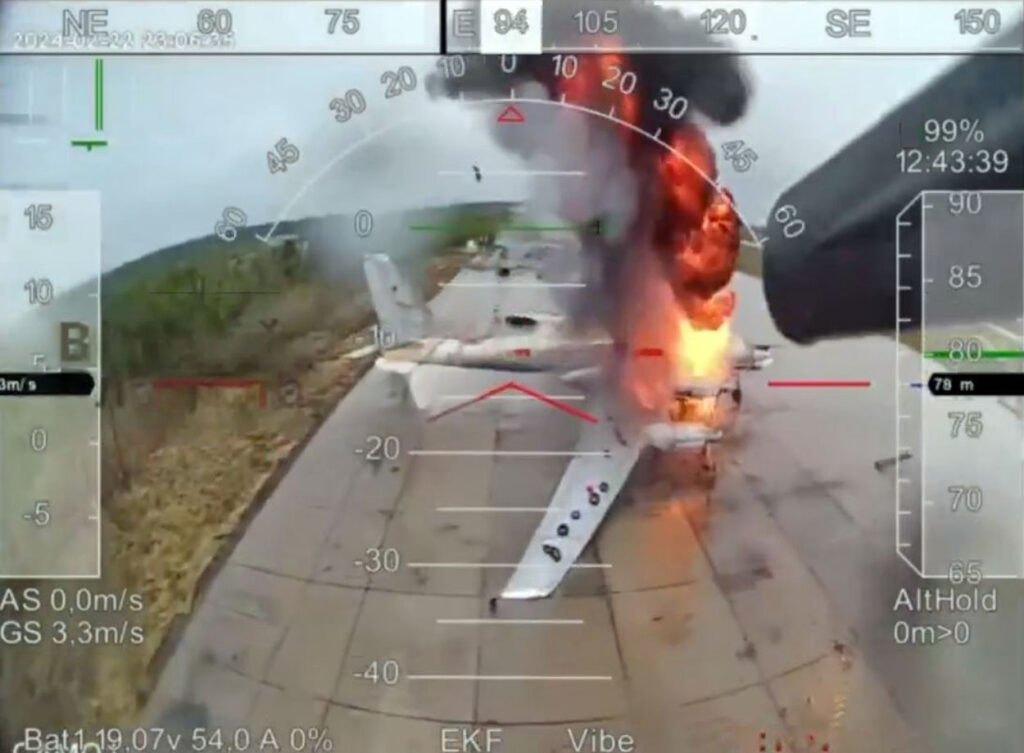

Ukraine’s Security Service head just explained exactly how Ukraine had smuggled attack drones into Russia and hit four military bases simultaneously in their most audacious operation yet.
The 1 June mission—codenamed “Spider Web”— hit 31 and destroyed 21 Russian aircraft worth over $7 billion. That’s roughly a third of Russia’s cruise missile carriers wiped out in a single coordinated strike.
But the real story isn’t the destruction. It’s how Ukrainian intelligence spent 18 months building a fake logistics company inside Russia to pull it off.

SBU chief Vasyl Maliuk revealed the operation’s mechanics in a recent interview. His agents didn’t just sneak across the border—they set up shop in Chelyabinsk, renting offices and warehouses practically next door to the local FSB headquarters.
Why Chelyabinsk? The industrial city over 2000 km from the front line provided perfect cover for a logistics operation. The Ukrainians bought five cargo trucks, hired Russian drivers, and started moving equipment.
The weapon? What Maliuk calls “hunting lodges”—wooden structures mounted on truck beds, equipped with solar panels and EcoFlow batteries to continuously power concealed drones. Russian customs saw camping gear. Inside were 117 combat drones waiting to strike.

The original plan called for a May strike. What went wrong? Russian drinking culture.
“We planned to do this before May 9, but they went on a drinking binge during Easter,” Maliuk explained.
The Ukrainian handlers couldn’t reach their Russian drivers for weeks. “One driver was missing, then another. Then May 1st—their May holidays—and they’re lying around for a week.”
The operation lost an entire month to spring festivities.
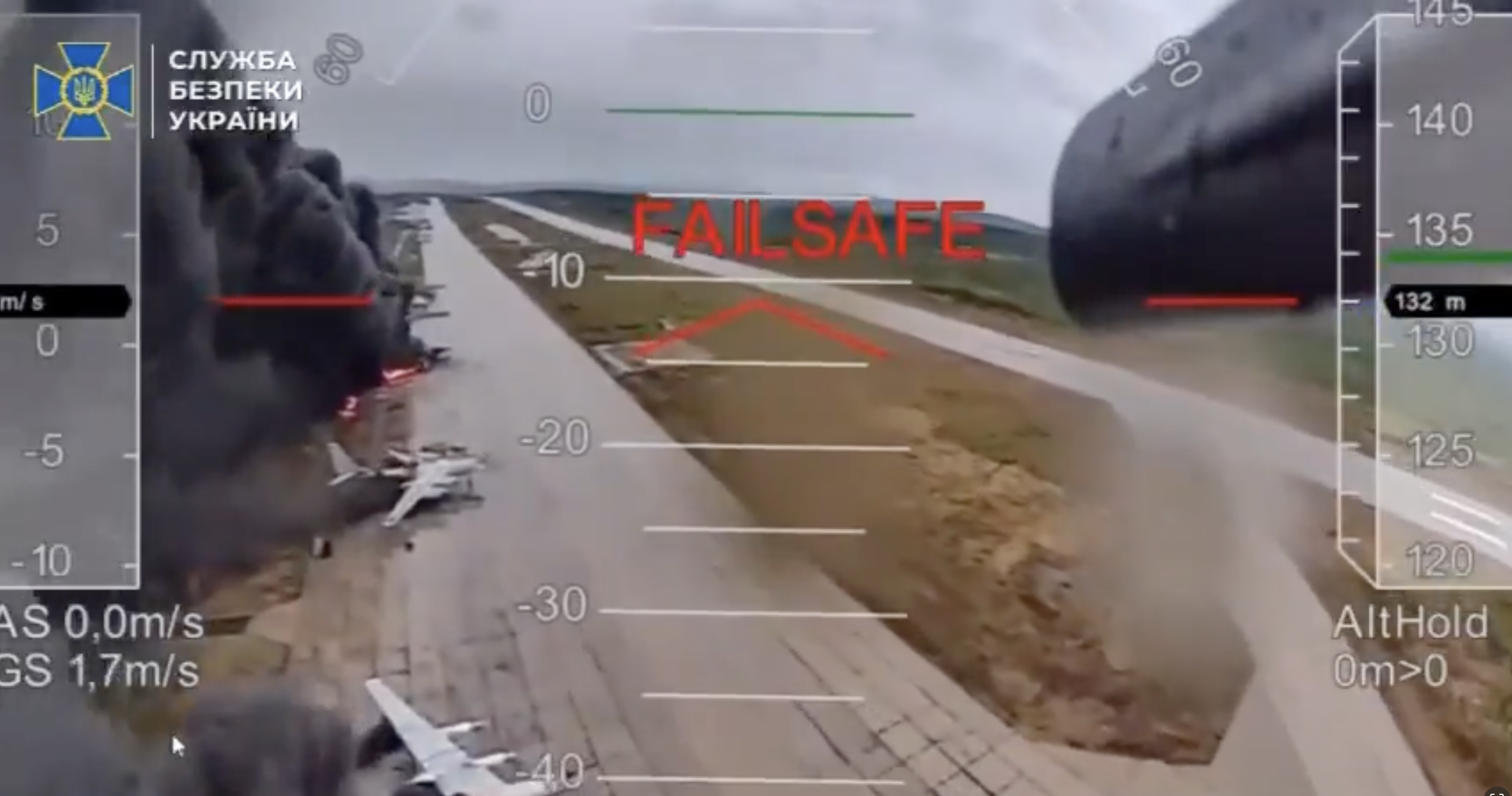
Picture this: Ukrainian agents preparing their weaponized hunting lodges when someone accidentally hits the wrong button. The roof opens. A 63-year-old Russian truck driver sees rows of military drones lined up for combat.
Panic. The field agents called headquarters immediately. “We have an emergency situation. What are we going to do?”
Malyuk’s solution? Instant cover story. Tell the driver these are wildlife surveillance drones used to track animal populations and catch poachers. The 63-year-old knew nothing about modern technology. He bought it. A bonus payment helped seal the deal.
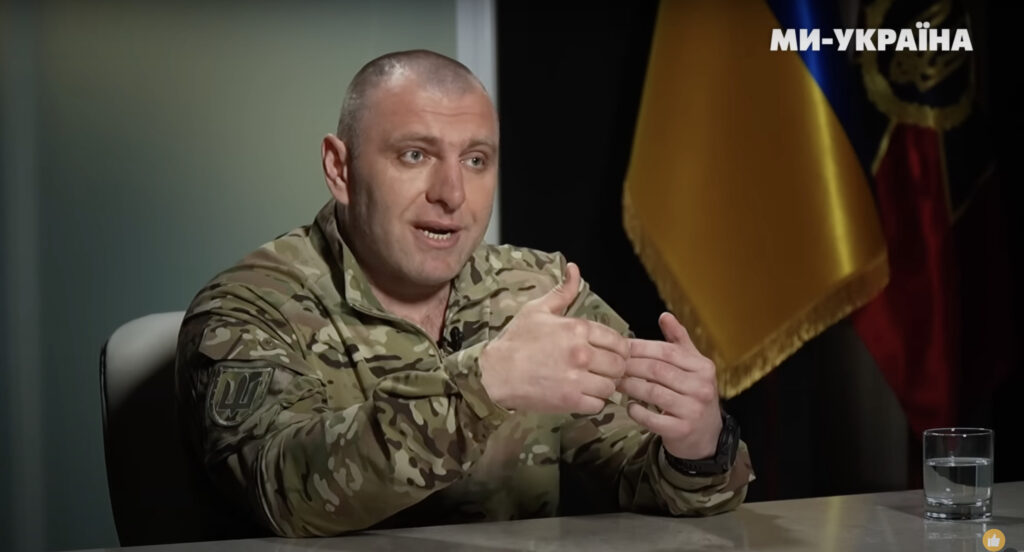
The Russian drivers who transported the drones never knew what they were carrying. They’re now in Russian detention centers, according to Maliuk, facing torture for crimes they didn’t know they were committing.
“In reality, they did nothing illegal and there was no intent in their actions,” he said. “We paid them very generously.”
All Ukrainian operatives who organized the mission have been evacuated from Russia with new identities.

The targets weren’t random. These aircraft form part of Russia’s nuclear triad—the bombers that have been launching cruise missiles at Ukrainian cities and infrastructure throughout the war.
The strike hit A-50 early warning aircraft and Tu-95, Tu-22M3, and Tu-160 strategic bombers across four bases: Belaya, Dyagilevo, Olenya, and Ivanovo. The operation required coordination across three time zones.
At the predetermined moment, the hunting lodge roofs opened remotely. The drones emerged and flew to their targets.
How did Ukrainian intelligence learn to smuggle military equipment past Russian customs? They studied international drug cartels, Maliuk said in the interview.
Russian customs corruption made the mission possible, he believes. His agents had to navigate what he called “seven circles of hell” due to international sanctions, but corrupt officials provided the opening they needed.
Maliuk also noted the parallels between this operation and the 2022 Crimean Bridge attack, where Ukraine used a truck loaded with 21 tons of explosives.
“If you read between the lines and look professionally, I think many noticed certain parallels.”
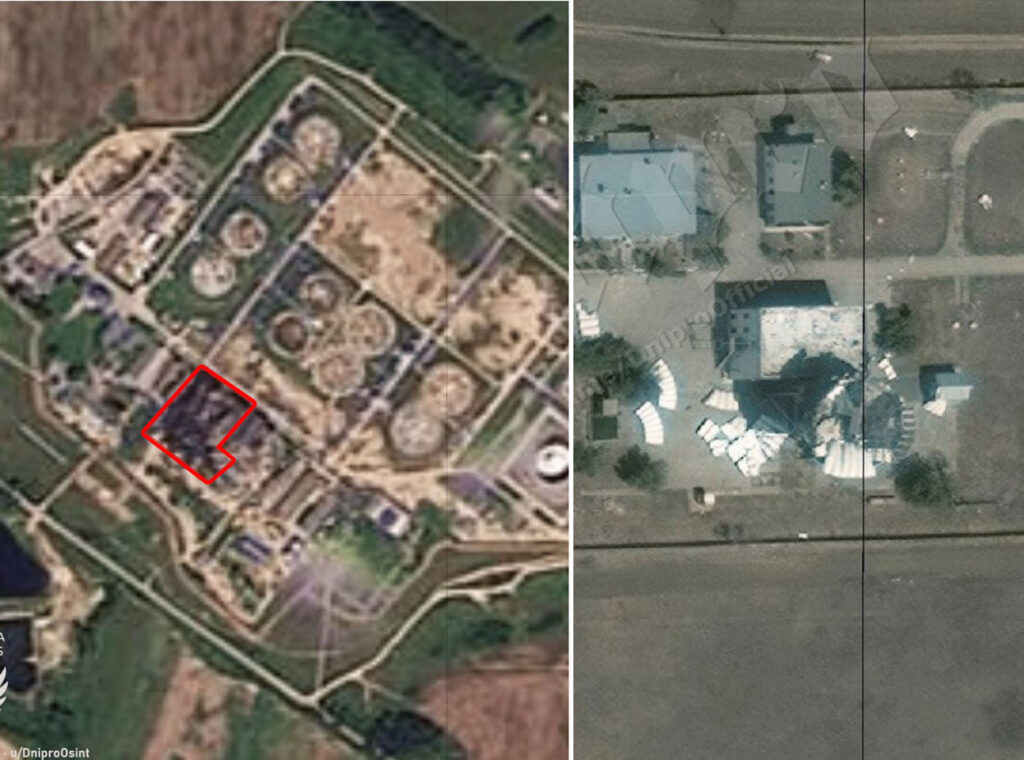

Fresh satellite images have confirmed extensive damage to Russia’s Unecha oil pumping station in Bryansk Oblast and the Skala-M radar complex in occupied Crimea. The confirmation follows earlier reports of Ukrainian strikes on both facilities.
Militarnyi reports that Dnipro Osint published satellite images showing burn scars and destroyed infrastructure at the Unecha oil pumping station in Bryansk oblast. The facility is part of the Druzhba pipeline, which carries Russian crude to European countries. According to the images, the damage is concentrated near the booster pump station, where a large fire left the site unable to operate.
Two days ago, local residents reported that Ukrainian strike drones targeted the station on 12 August at around 22:00.
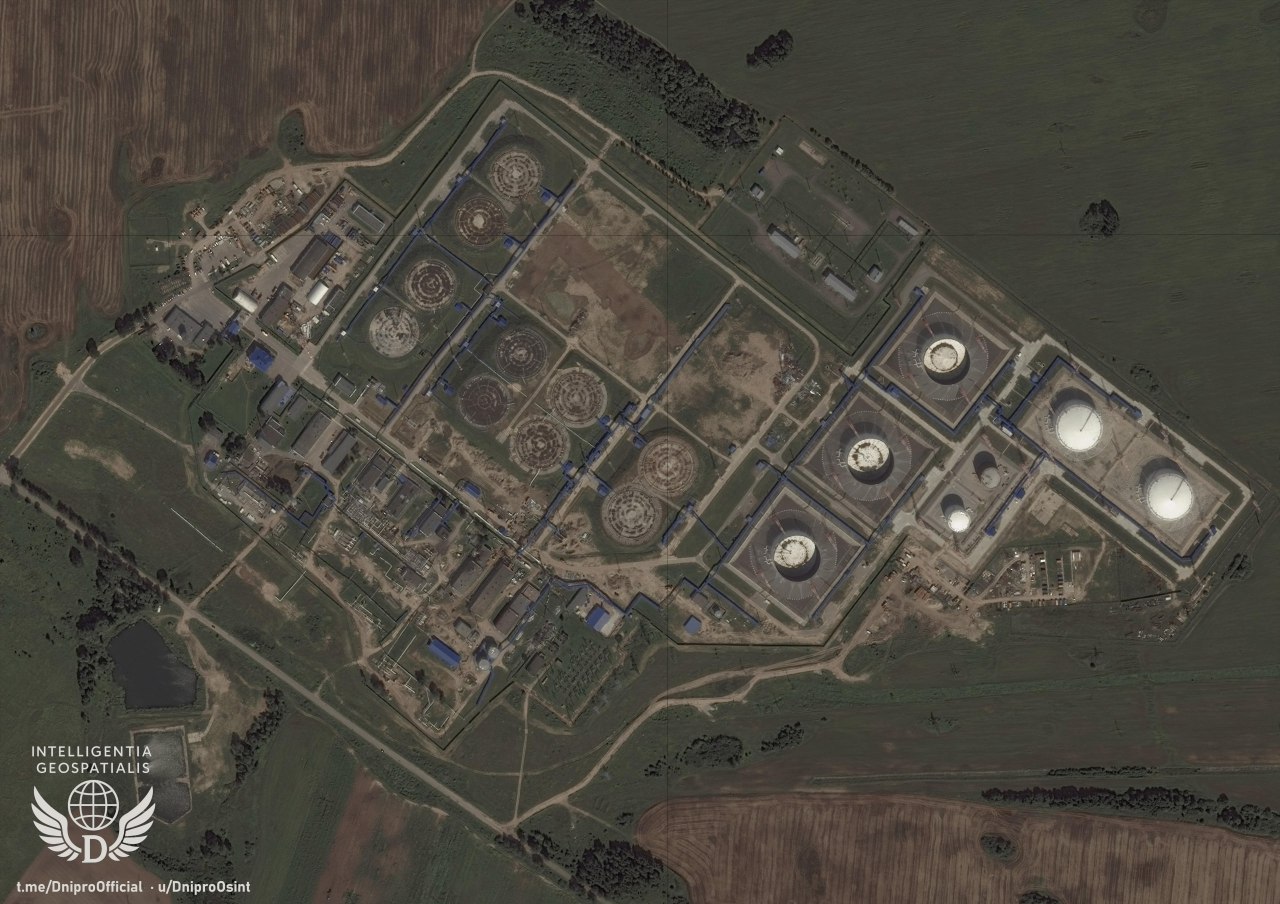
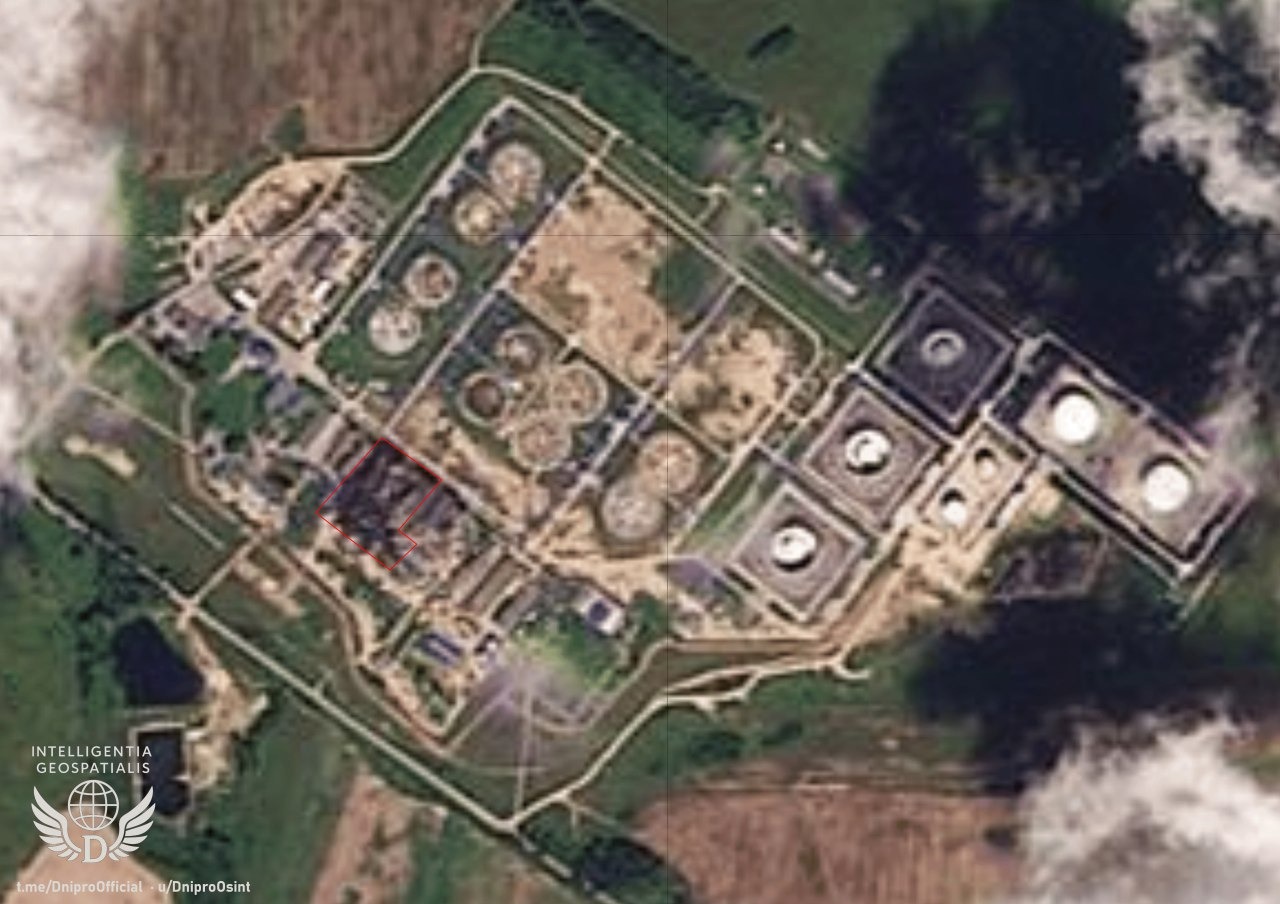
Unecha is located in the settlement of Vysokoye, about 60 km from the Ukrainian border, making it vulnerable to Ukrainian long-range strikes.
Dnipro Osint also released a satellite photo showing the Russian TRLK-10 Skala-M radar complex in Abrykosivka, occupied Crimea, before and after it was hit. The strike reportedly happened overnight on 9–10 August and was carried out by Ukrainian Special Operations Forces working with local resistance. The agency did not specify, what weapons were used to hit the facility.
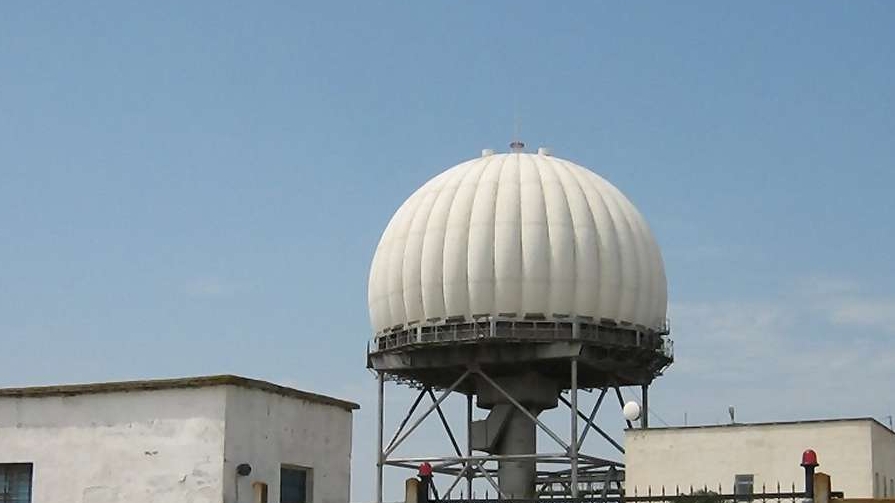
The Skala-M is a Soviet-Russian stationary route radar system with both primary and secondary detection capabilities, used for monitoring air traffic on routes and in approach zones. Its operational range reaches 350 km, making it a key element in Russia’s air traffic control network over Crimea. The new images show the radar system visibly damaged.

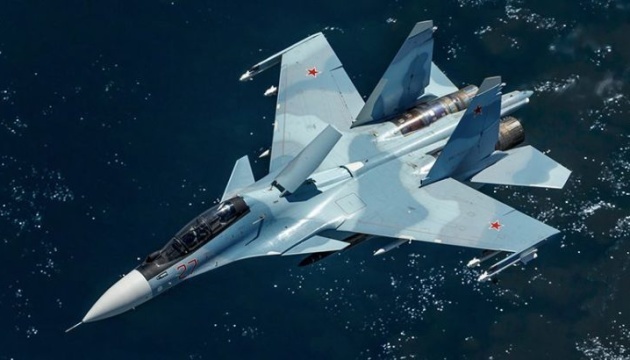

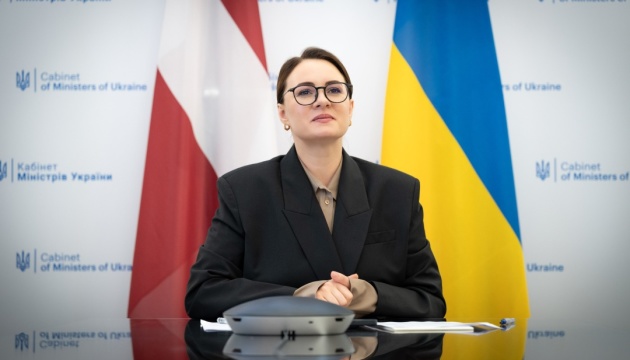


The move might dissuade Trump from imposing new sanctions on Russia

© Sputnik

Whatever the fallout from the US-Russia summit in Alaska, the Ukrainian president – his public image and reputation having been forged in conflict – is the only person to shepherd his country into a new era, says Mary Dejevsky

© PA Wire
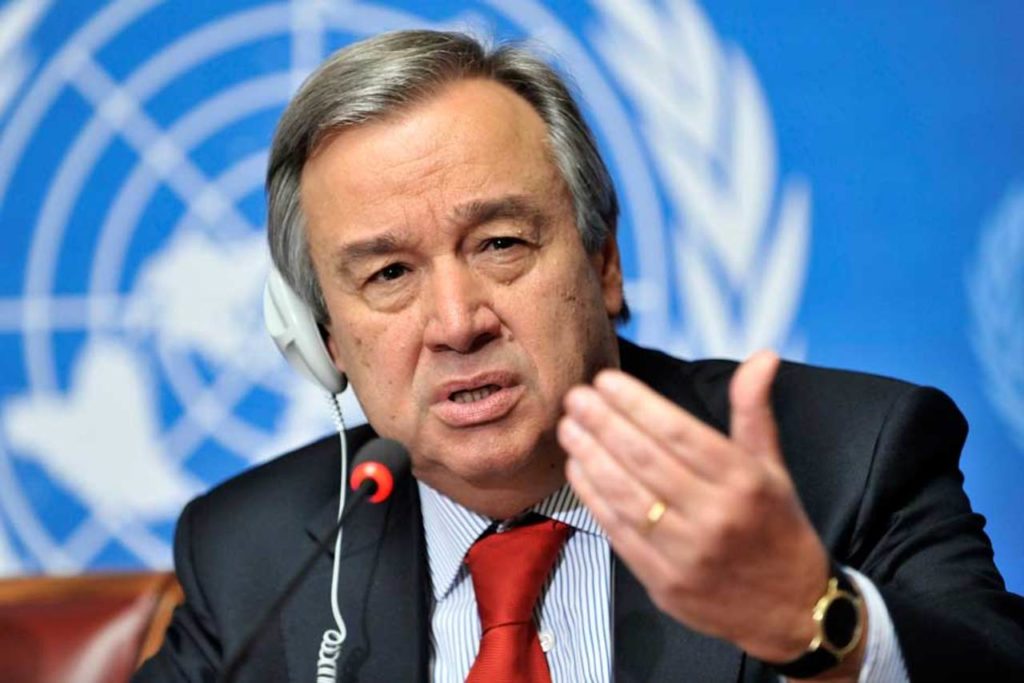

United Nations Secretary-General Antonio Guterres has placed Israel and Russia “on notice” that they could be listed next year among parties “credibly suspected of committing or being responsible for patterns of rape or other forms of sexual violence,” according to his annual report to the Security Council on conflict-related sexual violence obtained by Reuters.
The warning stems from “significant concerns regarding patterns of certain forms of sexual violence that have been consistently documented by the United Nations,” Guterres wrote in the report released.
Regarding Russian forces, Guterres said he was “gravely concerned about credible information of violations by Russian armed and security forces and affiliated armed groups” primarily against Ukrainian prisoners of war in 50 official and 22 unofficial detention facilities across Ukraine and Russia.
“These cases comprised a significant number of documented incidents of genital violence, including electrocution, beatings and burns to the genitals, and forced stripping and prolonged nudity, used to humiliate and elicit confessions or information,” the Secretary-General said.
The report notes that Russian authorities have not engaged with Guterres’ special envoy on sexual violence in conflict since Russia launched its full-scale invasion of Ukraine in February 2022.
Israel faces similar scrutiny over documented violations in Palestinian detention facilities. Guterres expressed grave concern about “credible information of violations by Israeli armed and security forces” against Palestinians in several prisons, a detention center and a military base.
“Cases documented by the United Nations indicate patterns of sexual violence such as genital violence, prolonged forced nudity and repeated strip searches conducted in an abusive and degrading manner,” the report states.
Russia’s mission to the United Nations in New York did not immediately respond to Reuters’ request for comment on the report.
Officially, several hundred cases of sexual crimes committed by the Russian army against Ukrainian prisoners of war have been documented, including various forms of sexual violence against women, men, and minors. Ukrainian authorities reported 342 cases of sexual violence by Russians in 2024, with victims including 236 men, 94 women, and 12 minors, while many cases remain unreported due to stigma and fear.
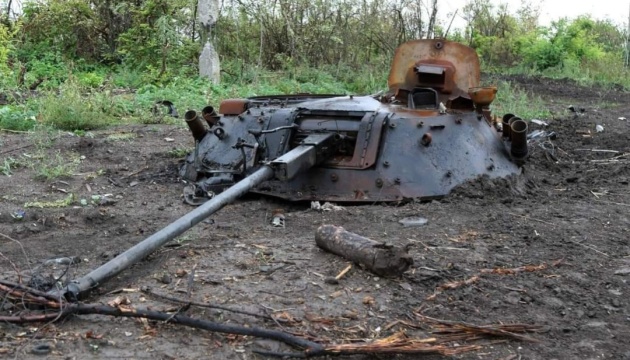

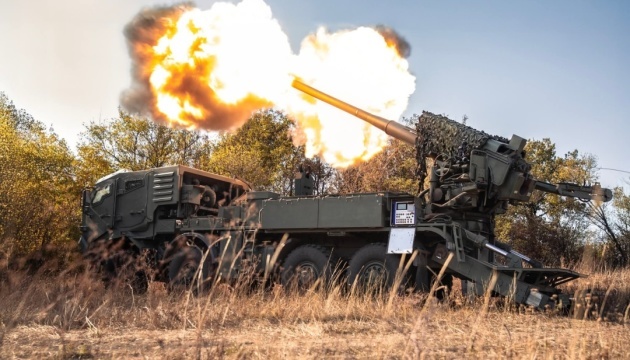


All eyes will be the Alaskan city that has provided a world stage for presidents and leaders in recent history

© Getty/iStock